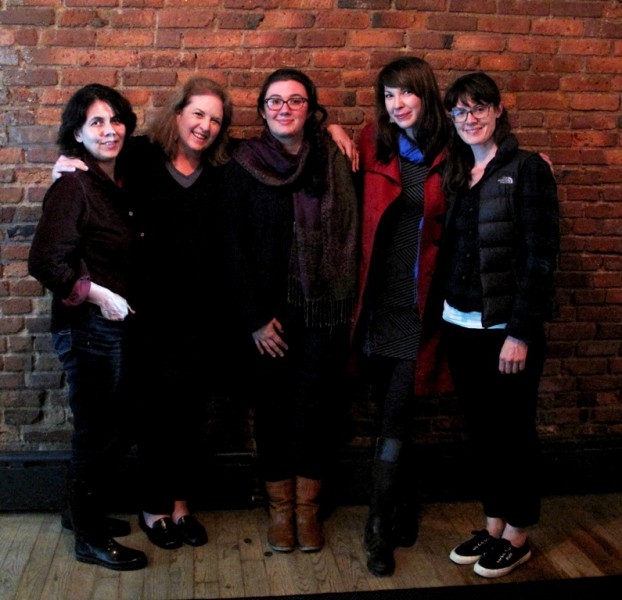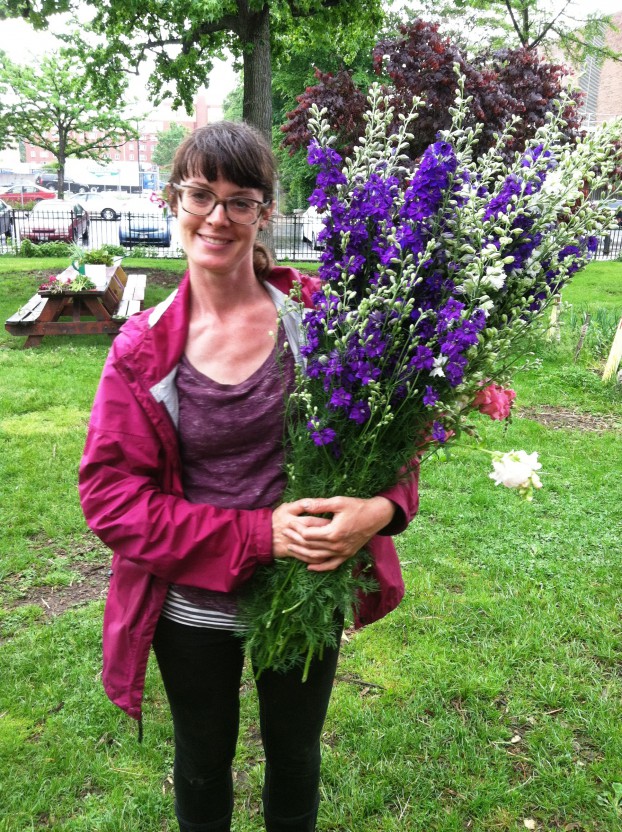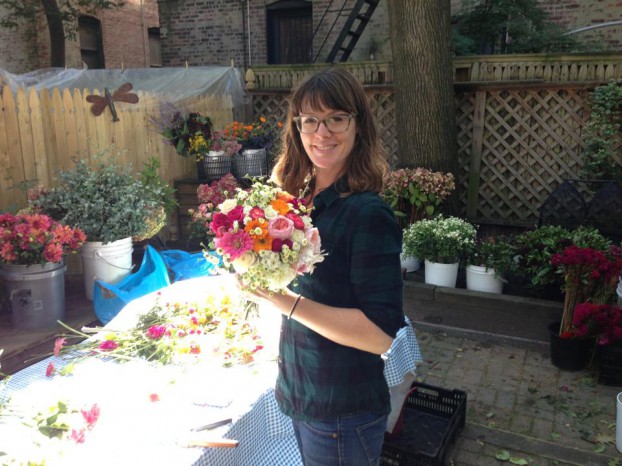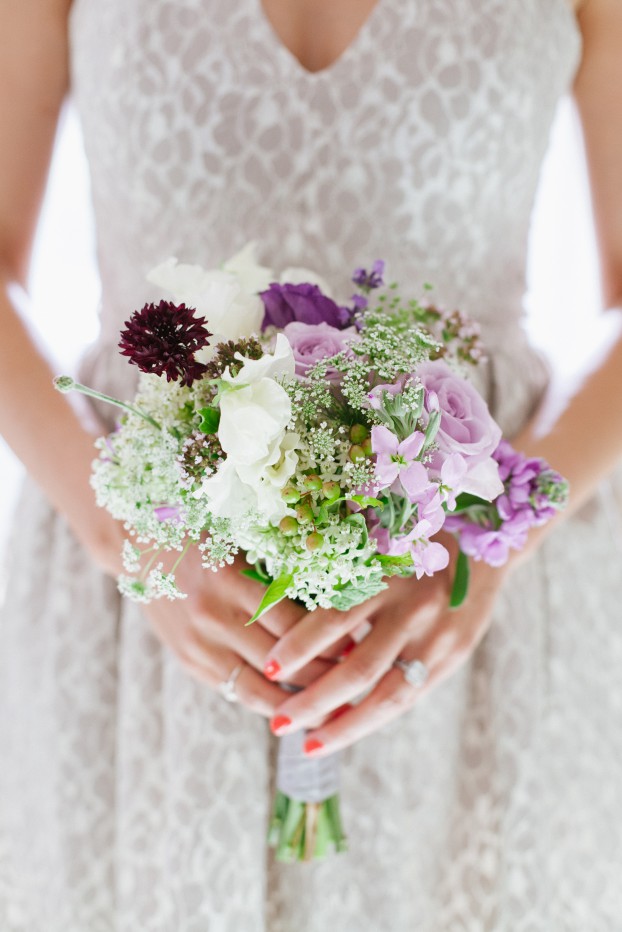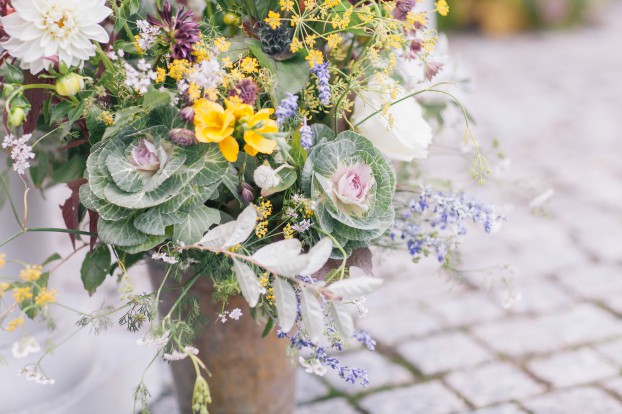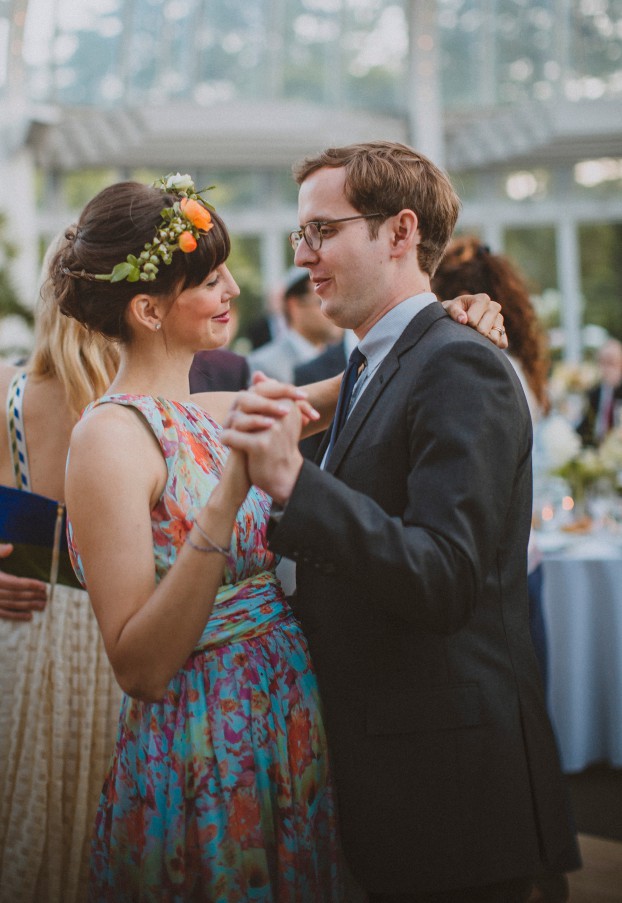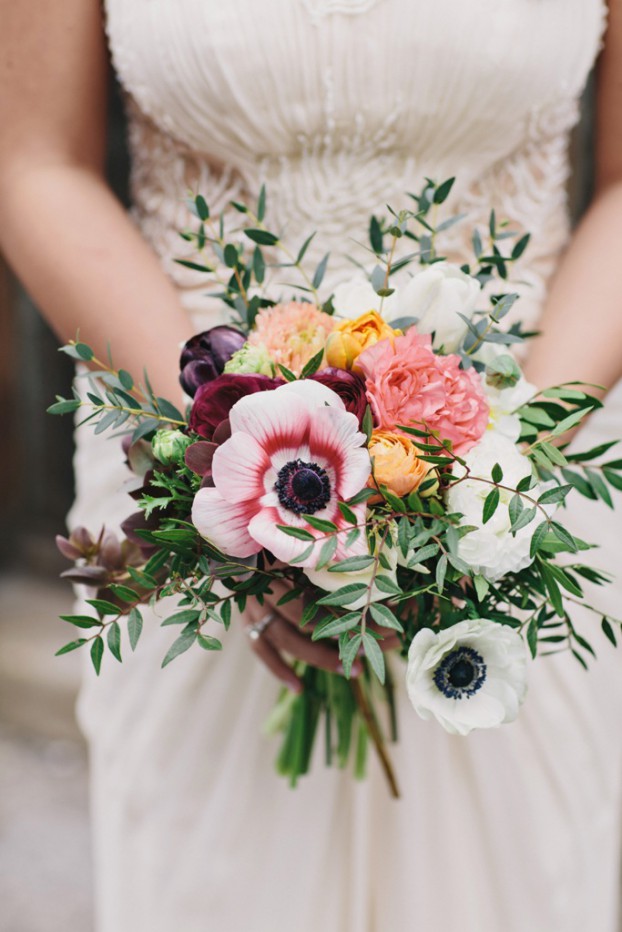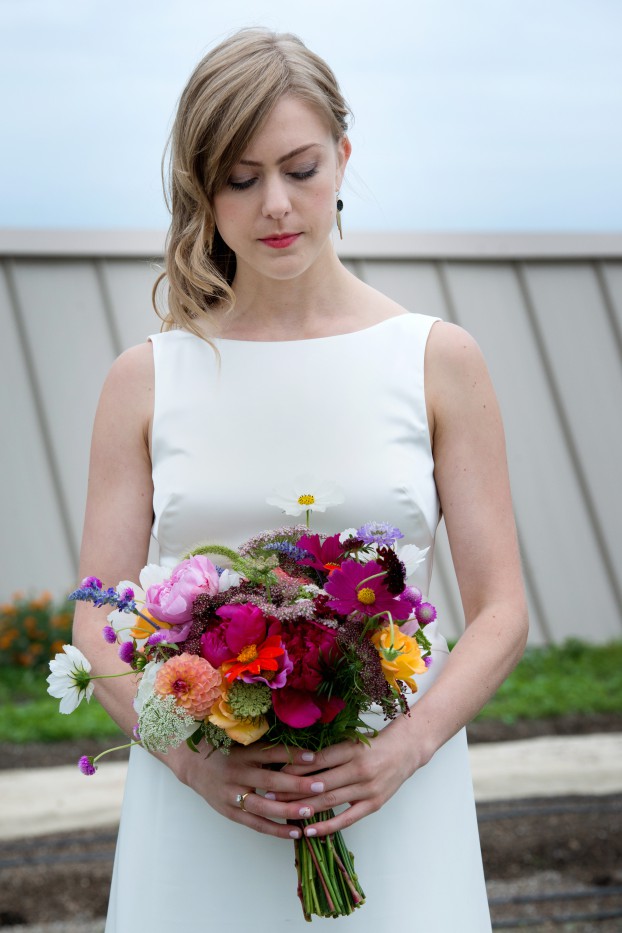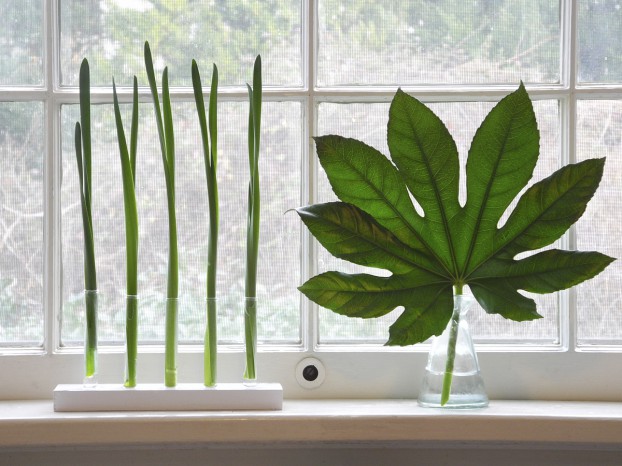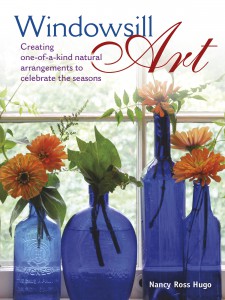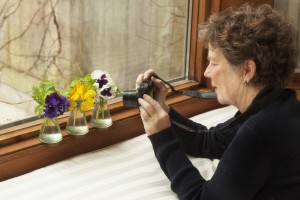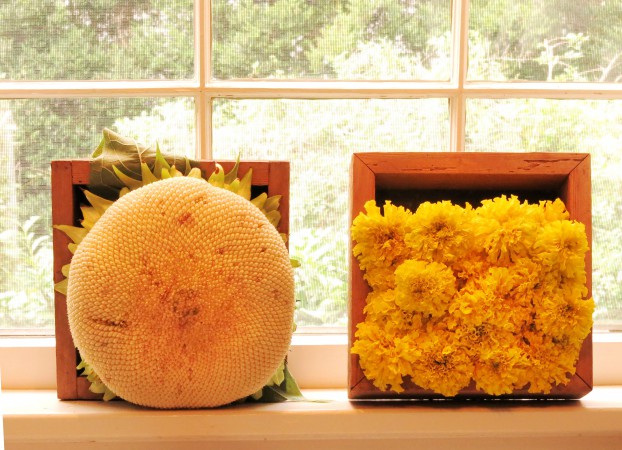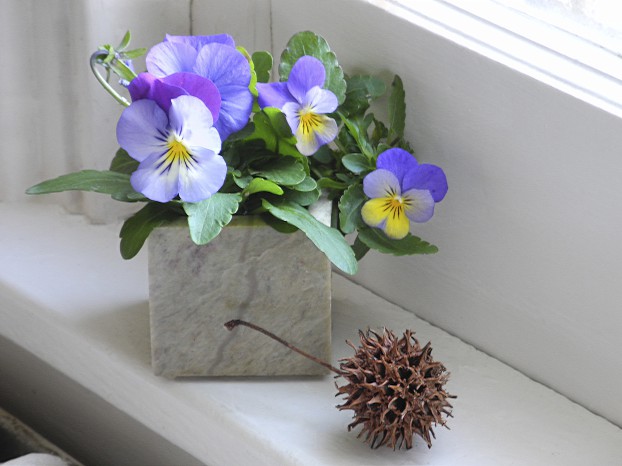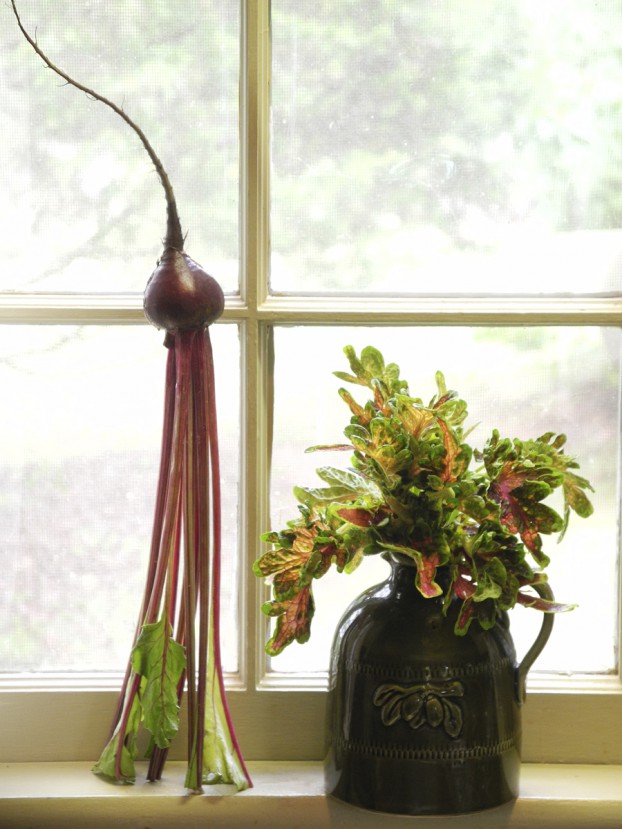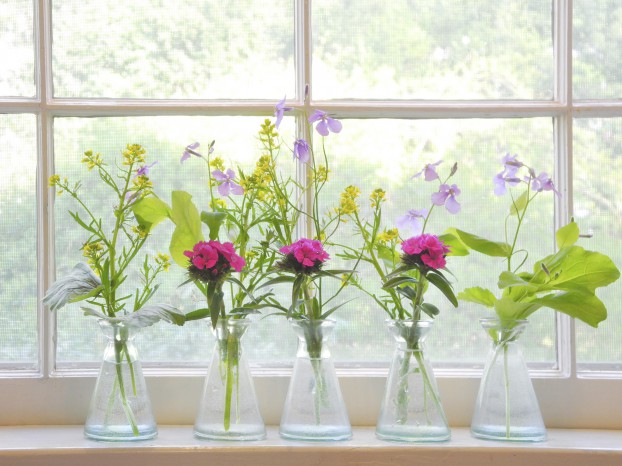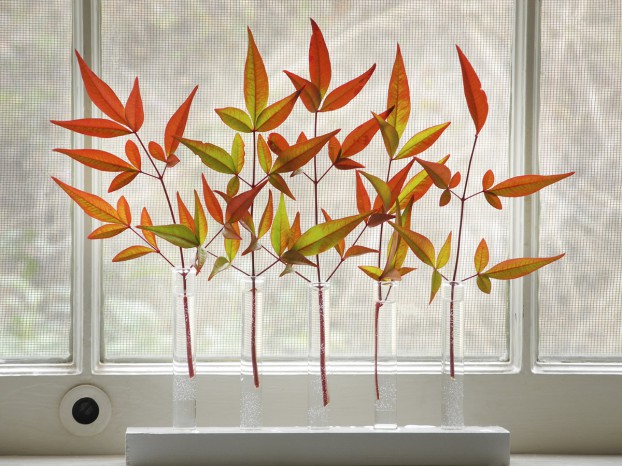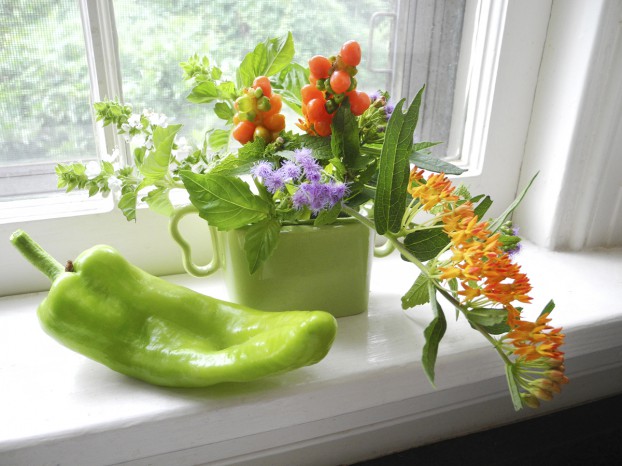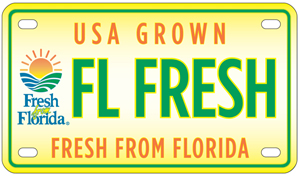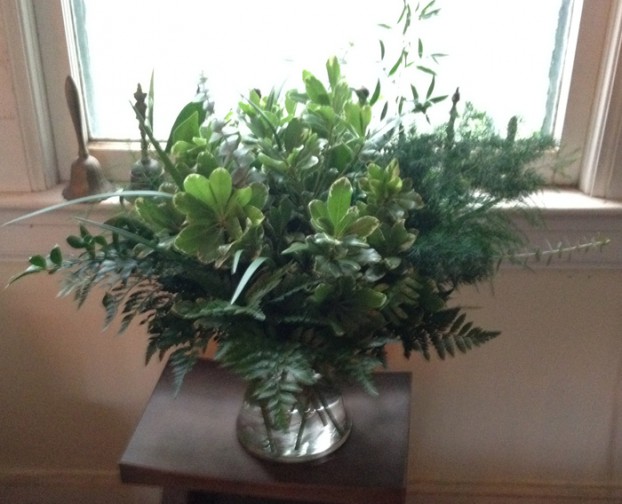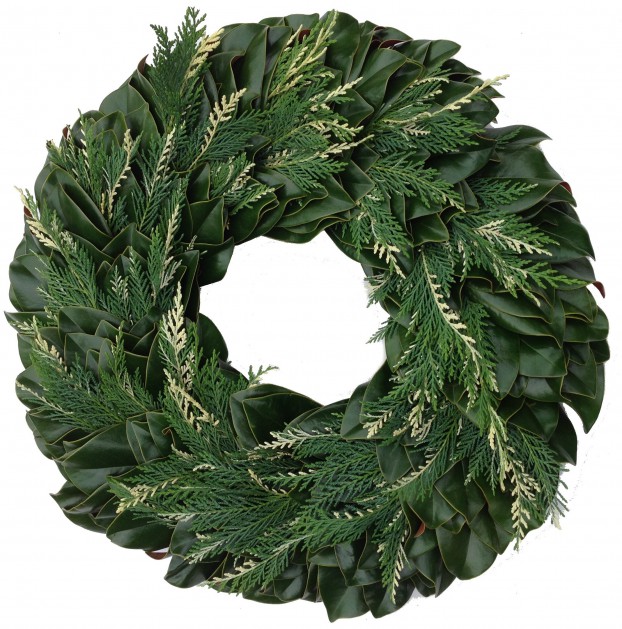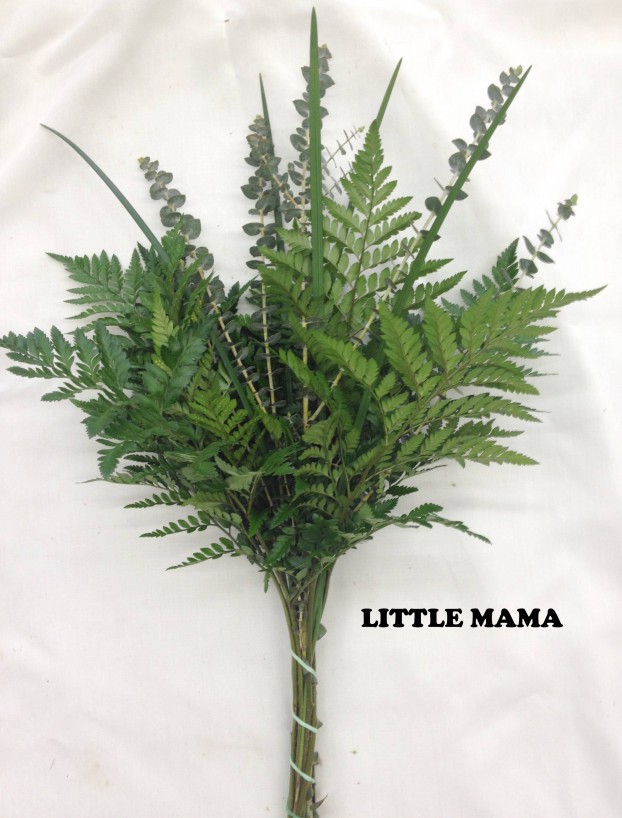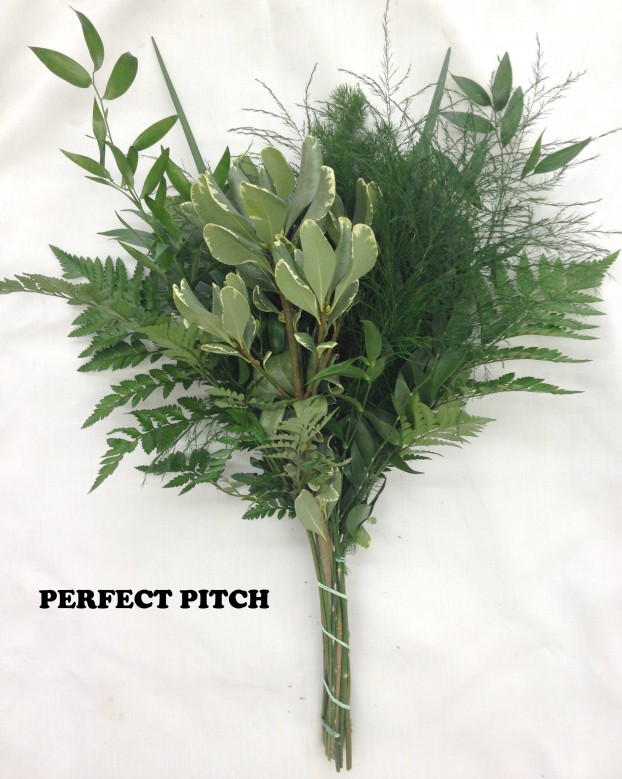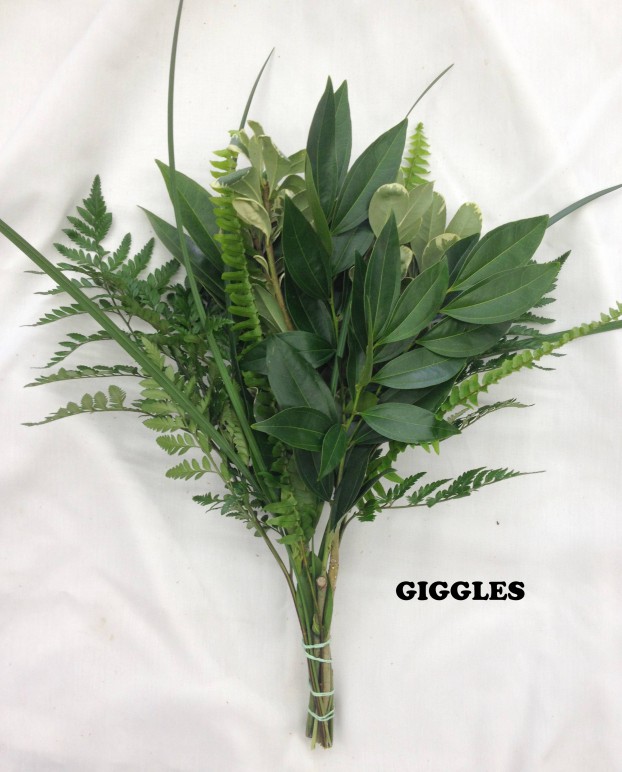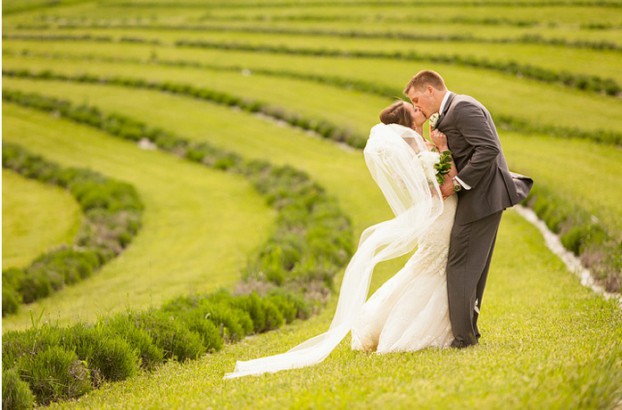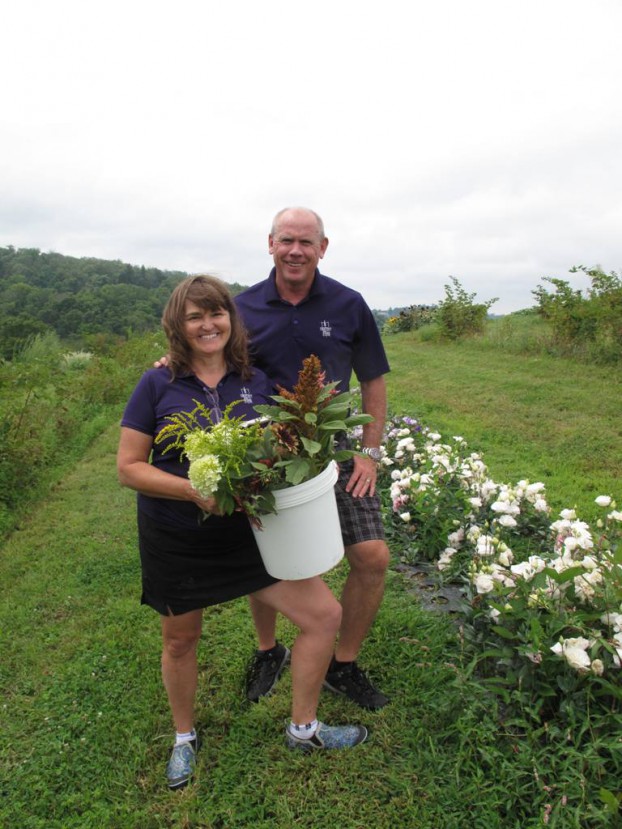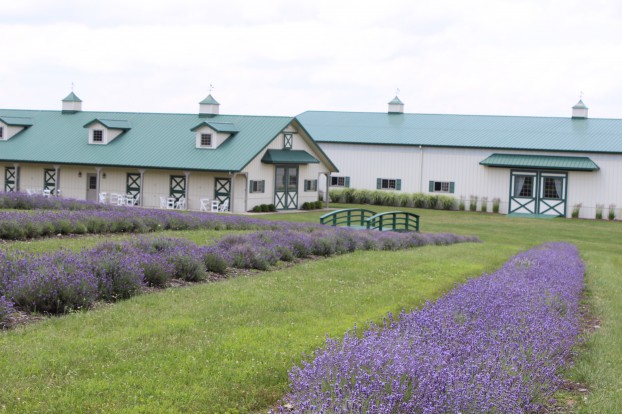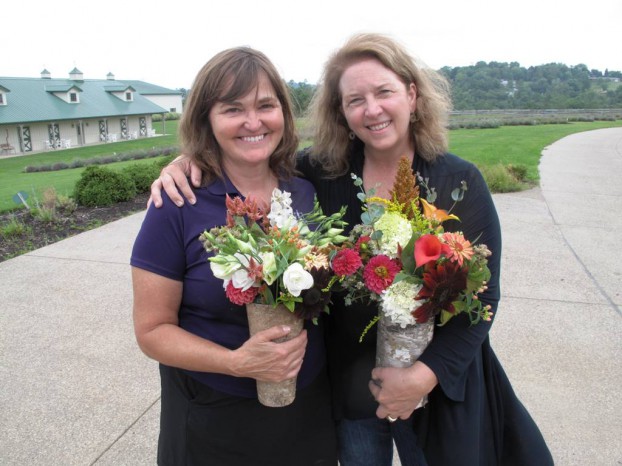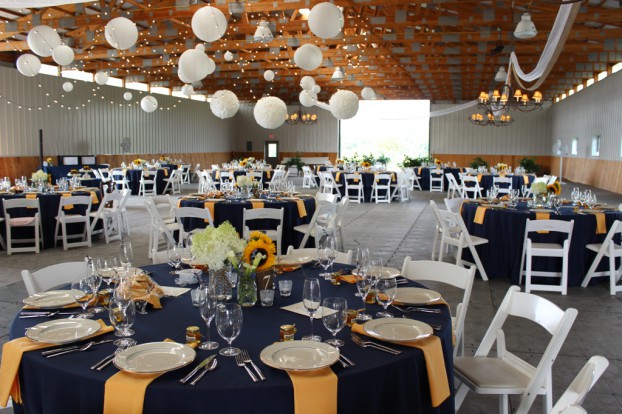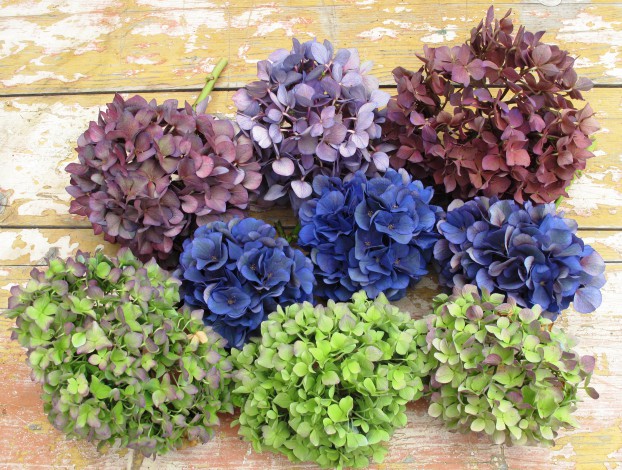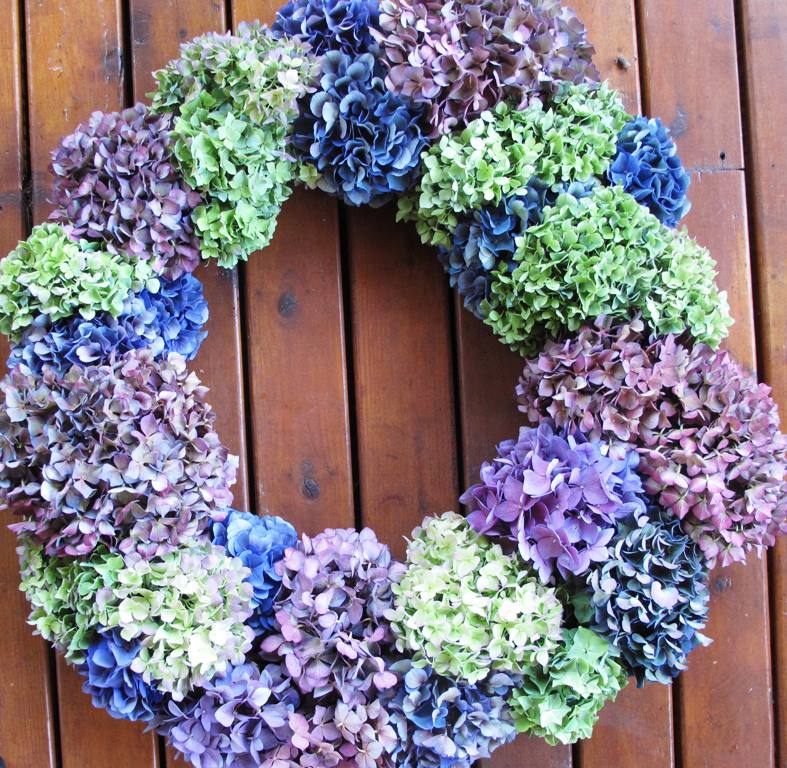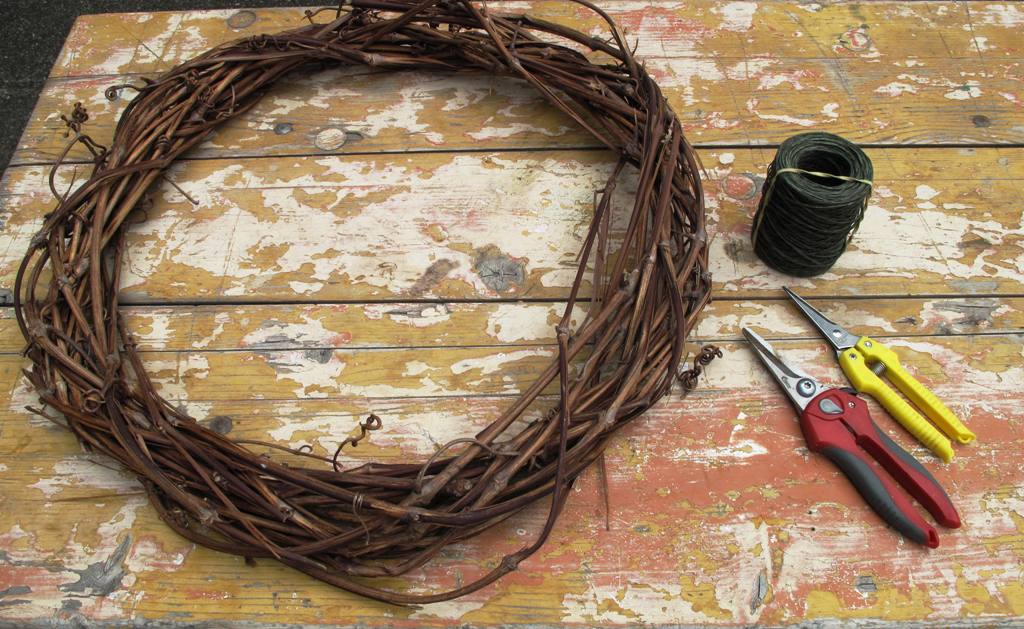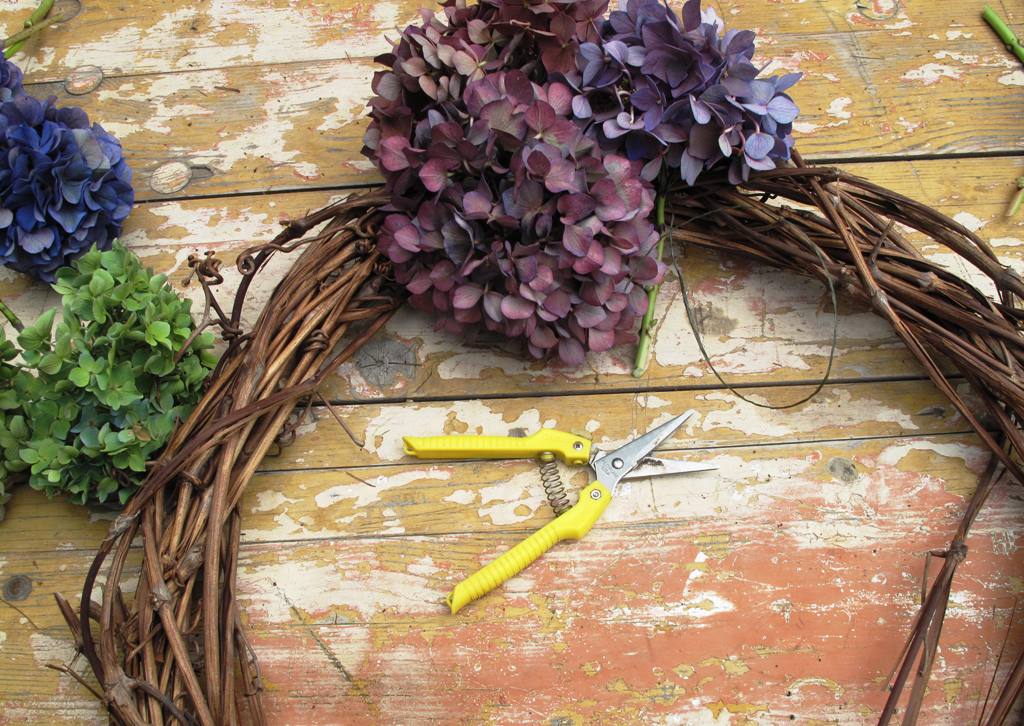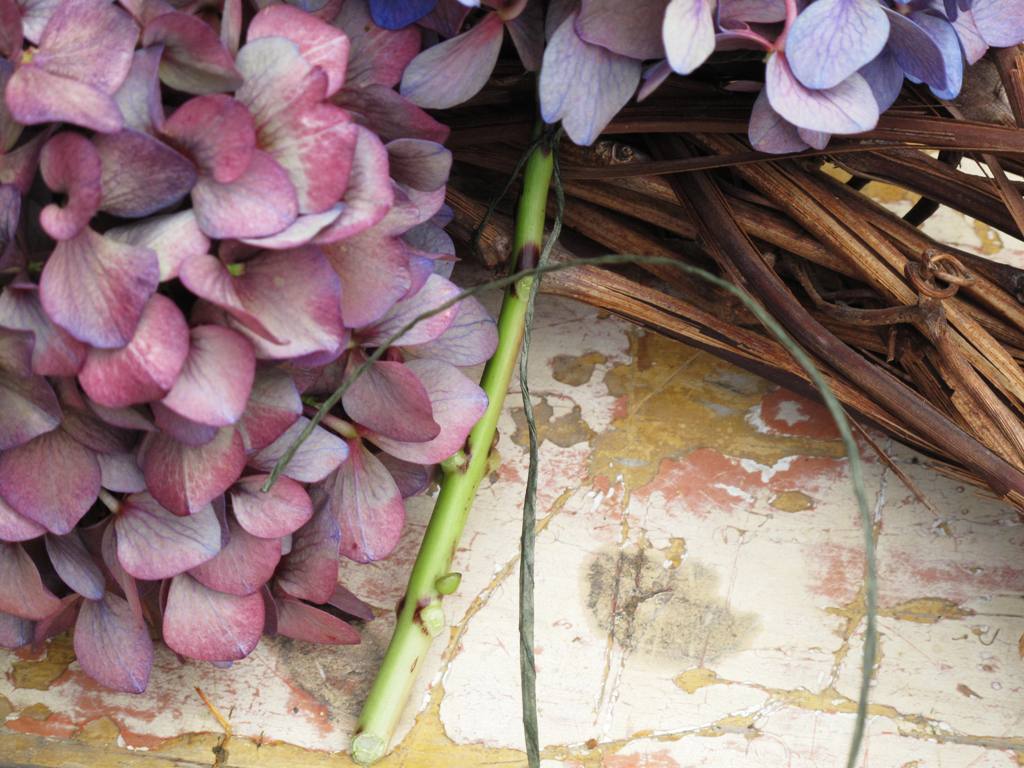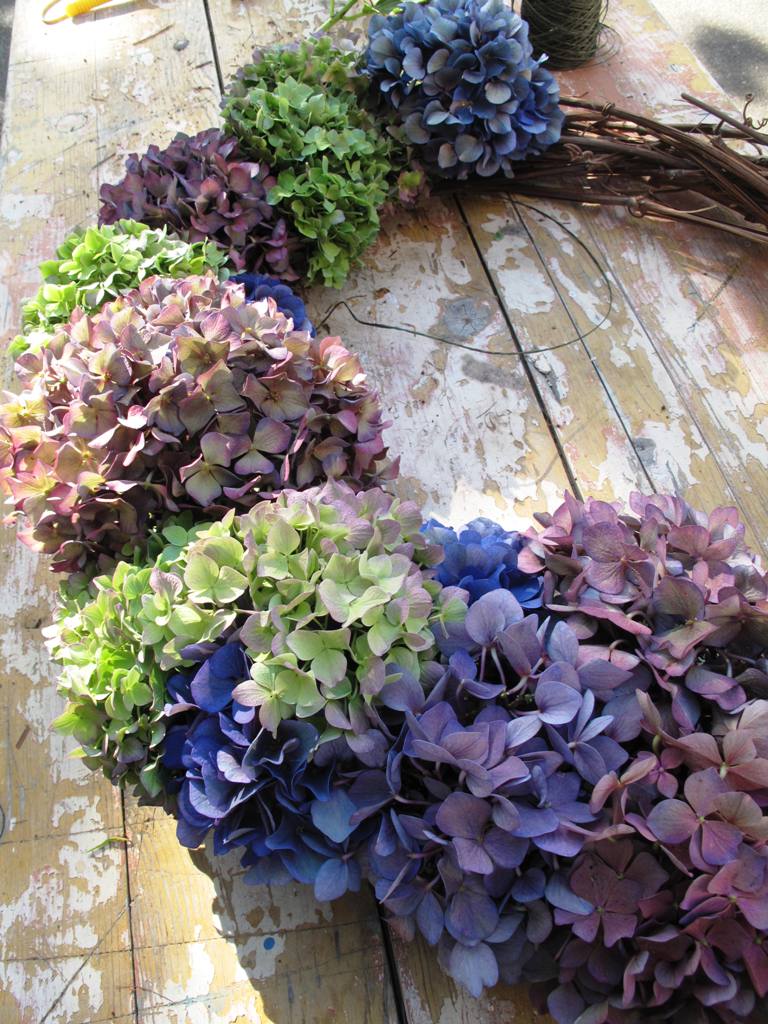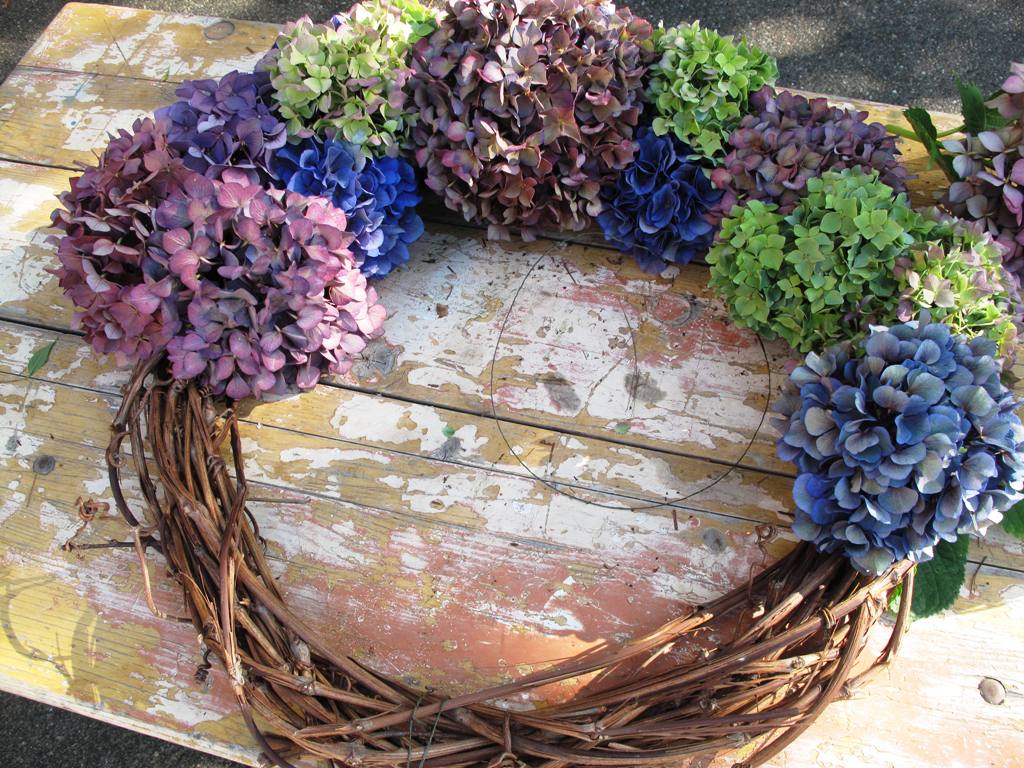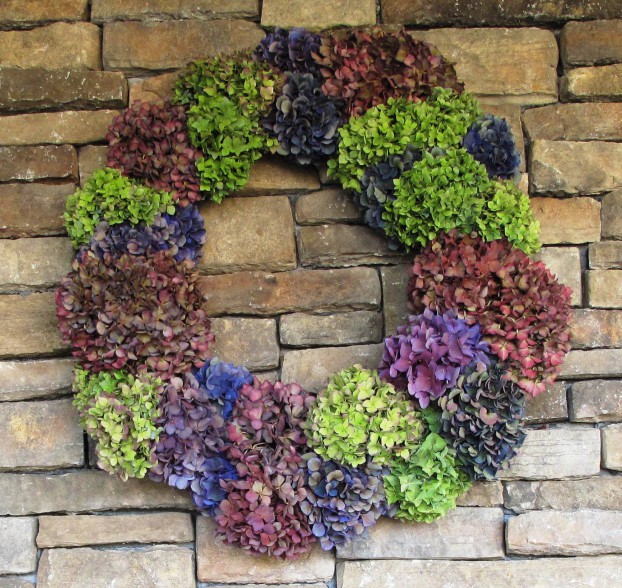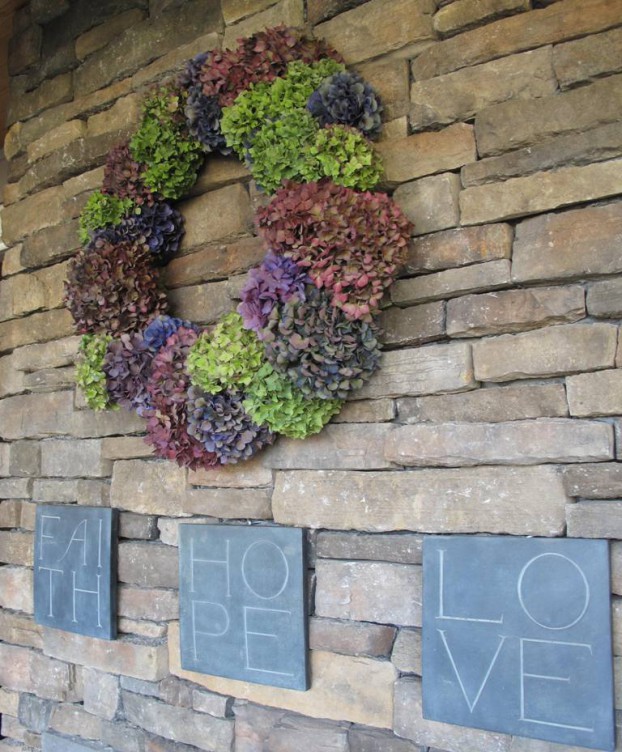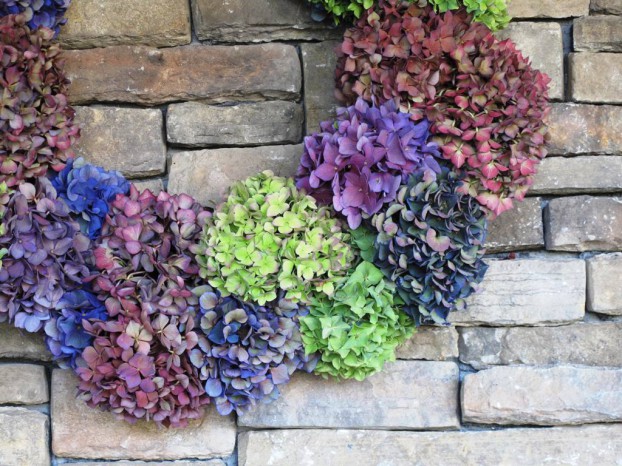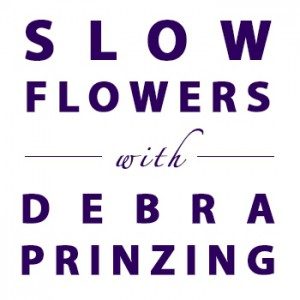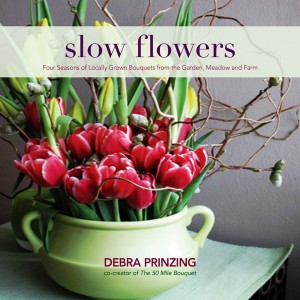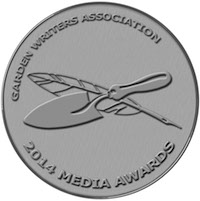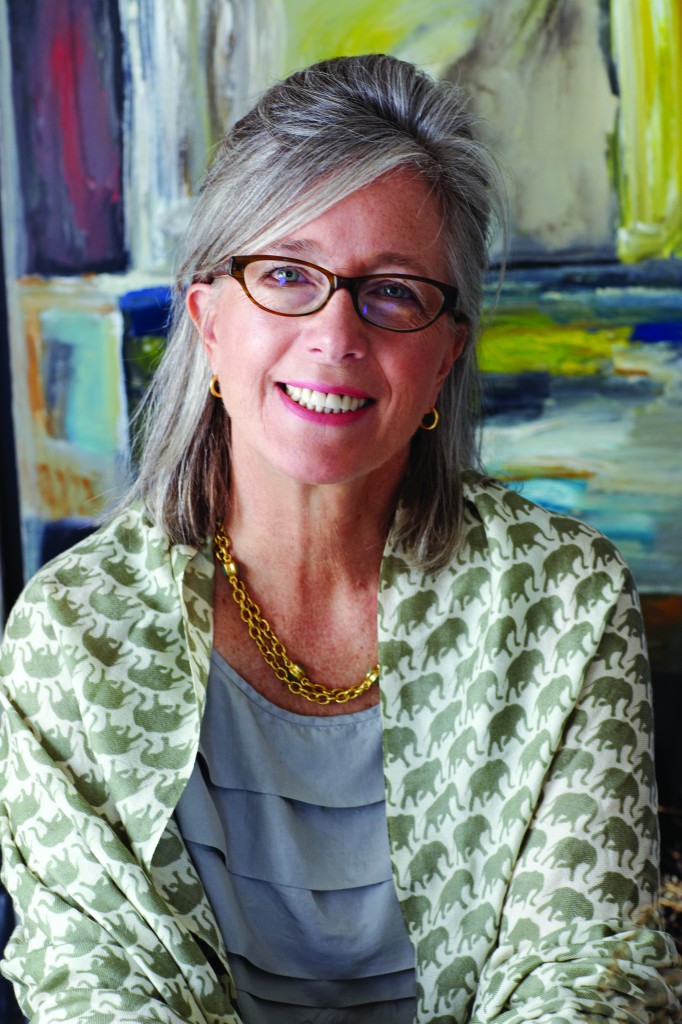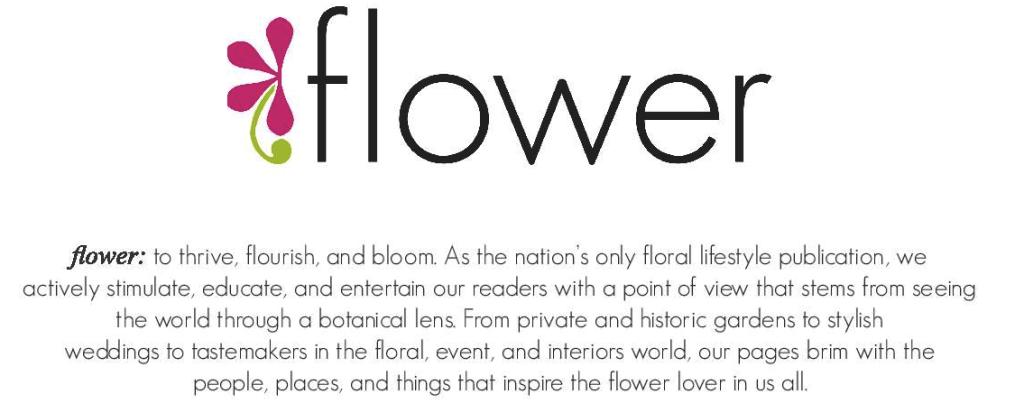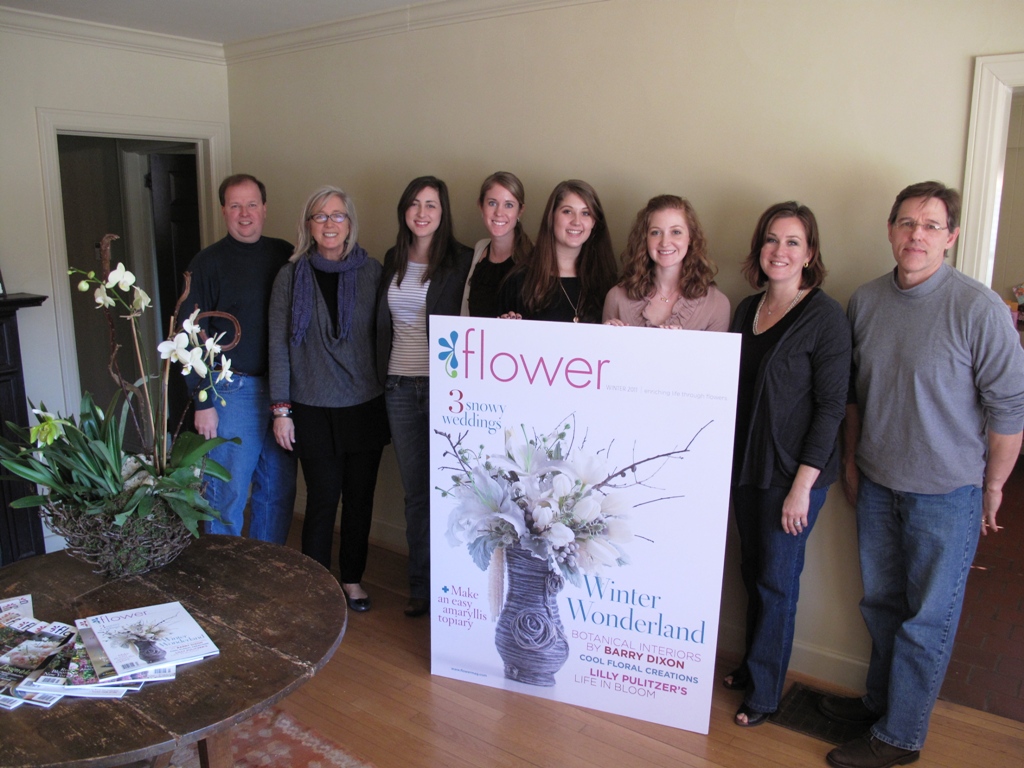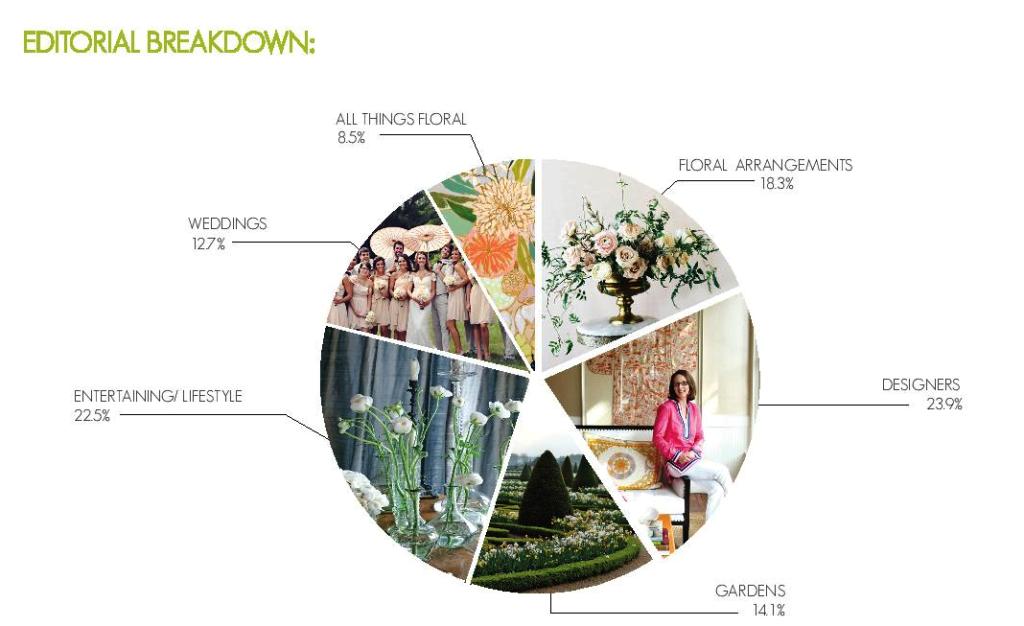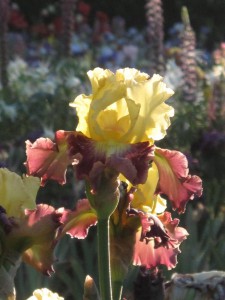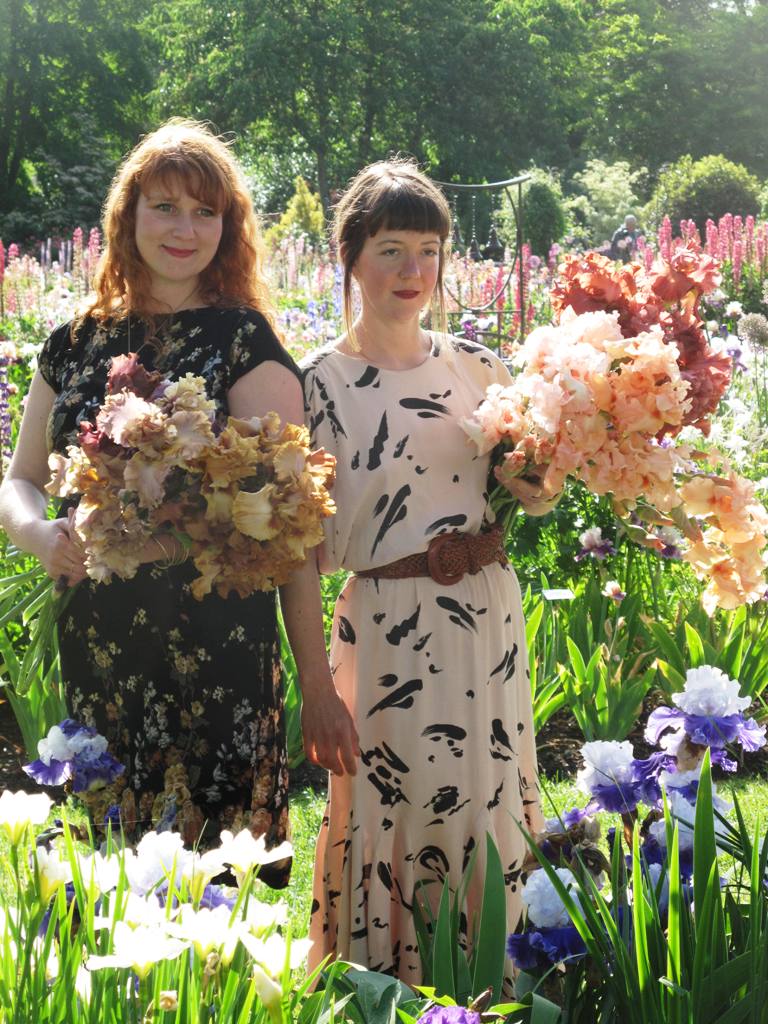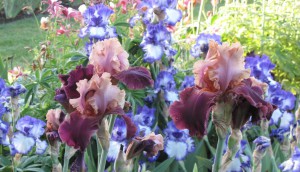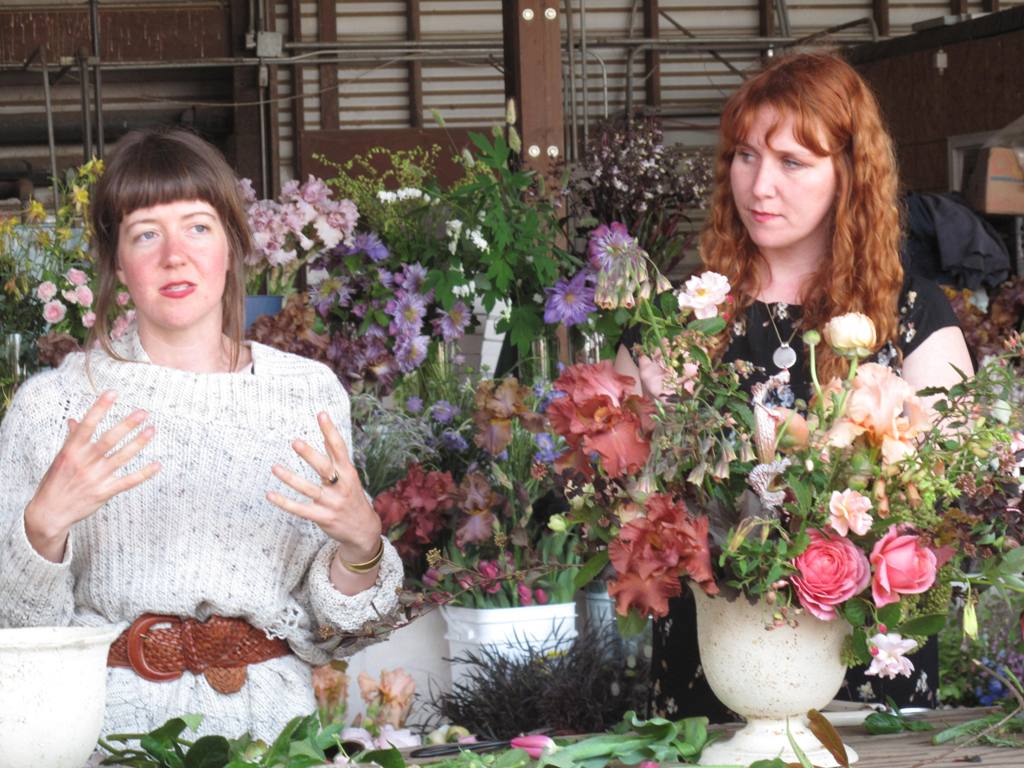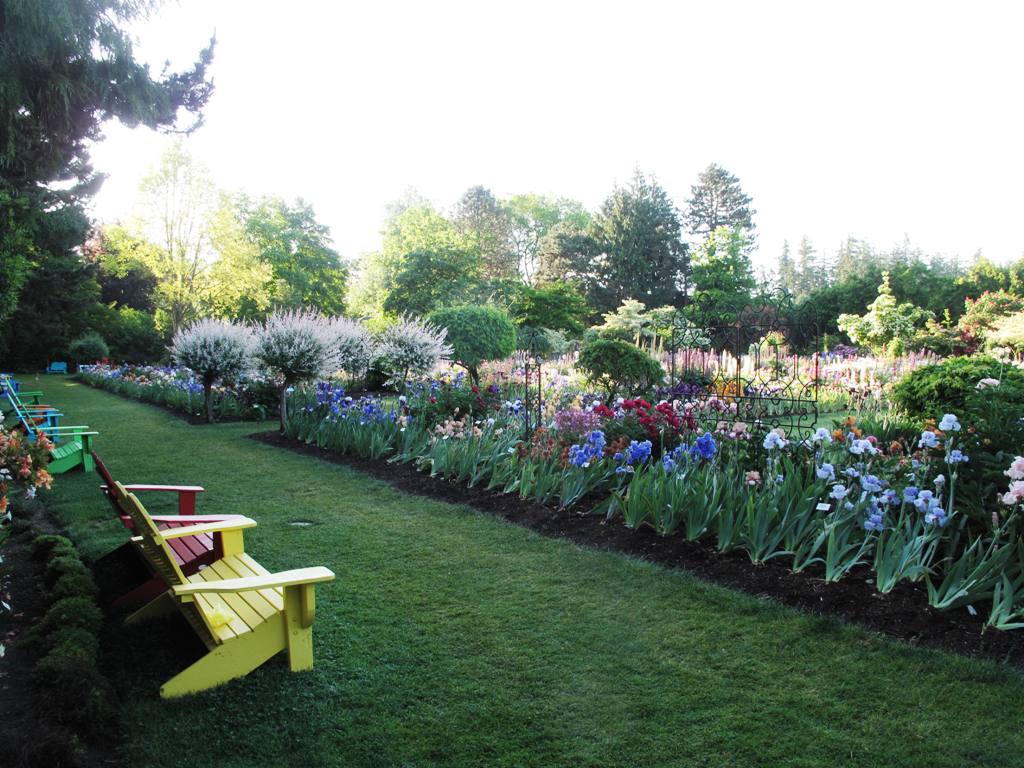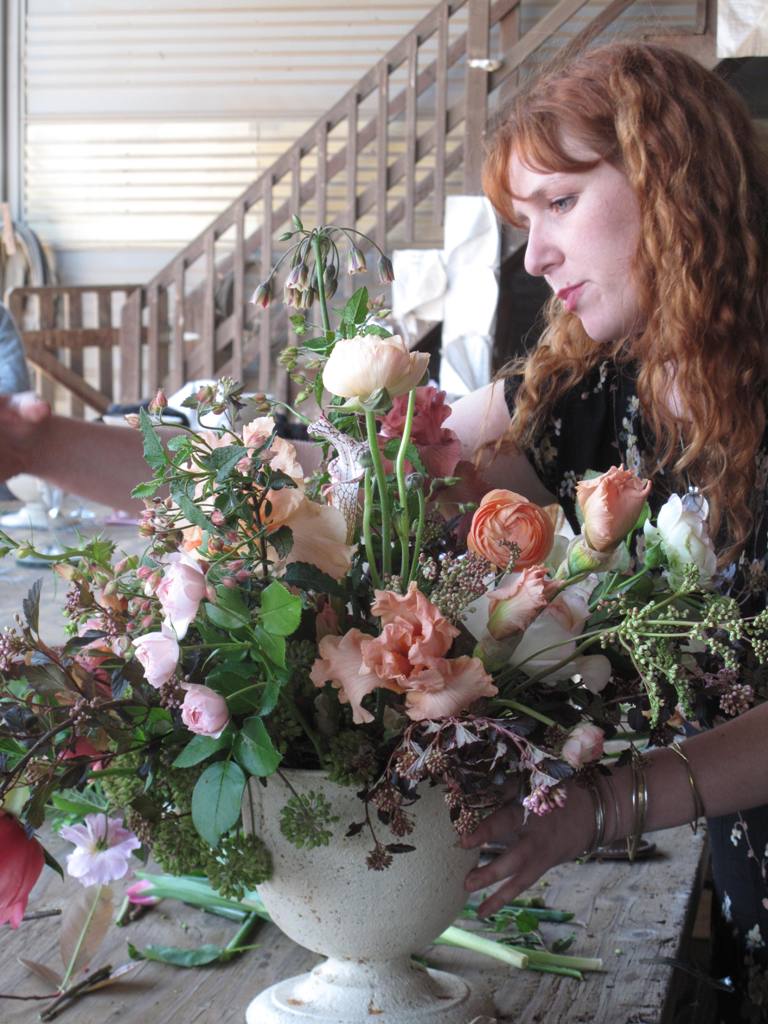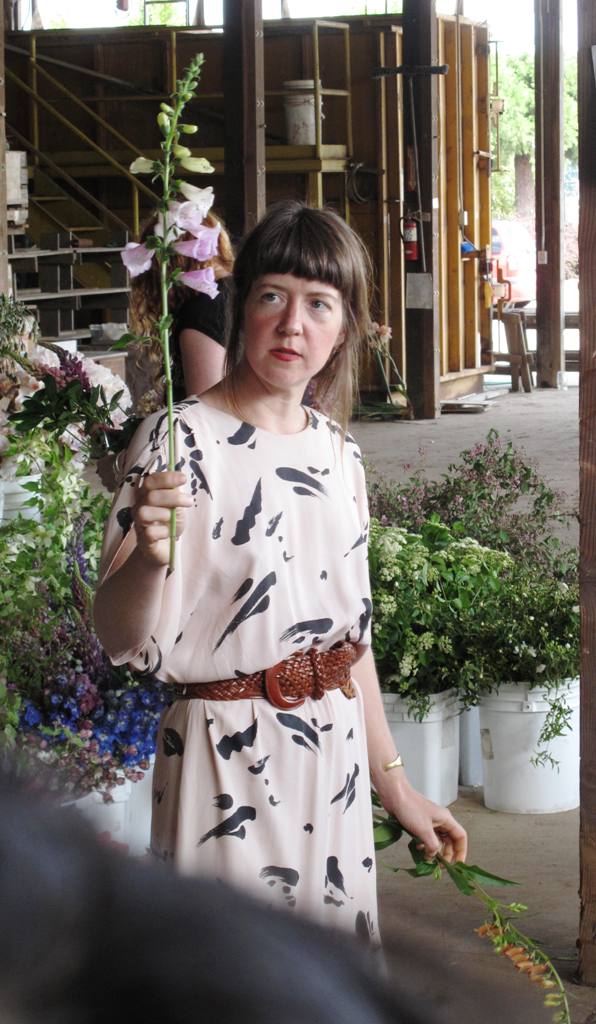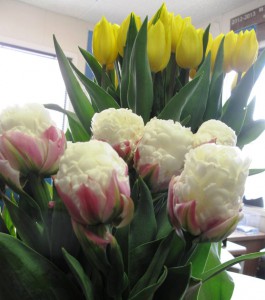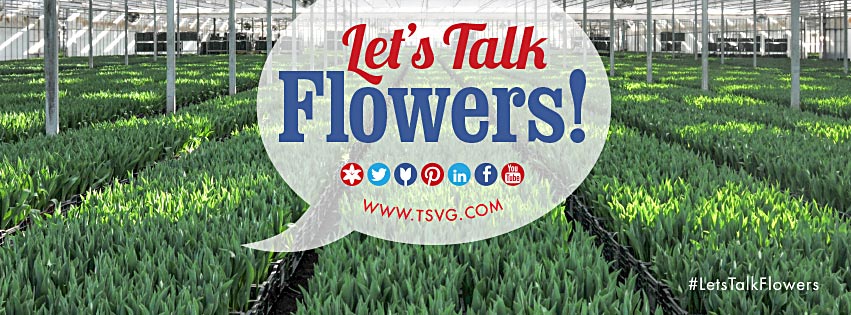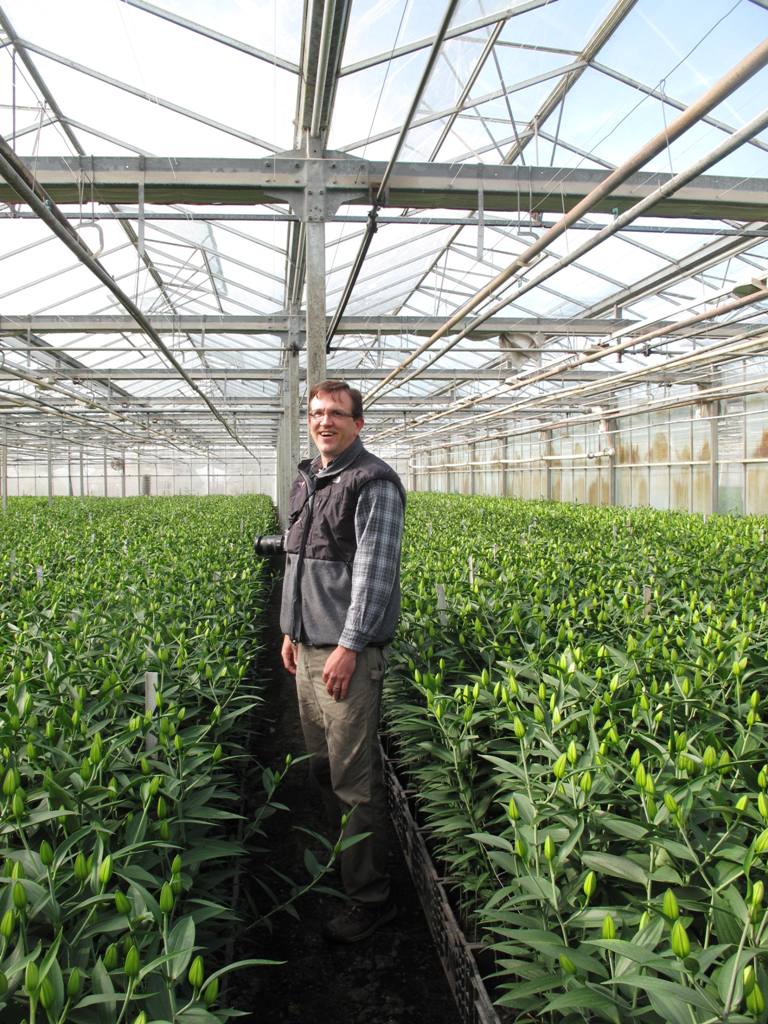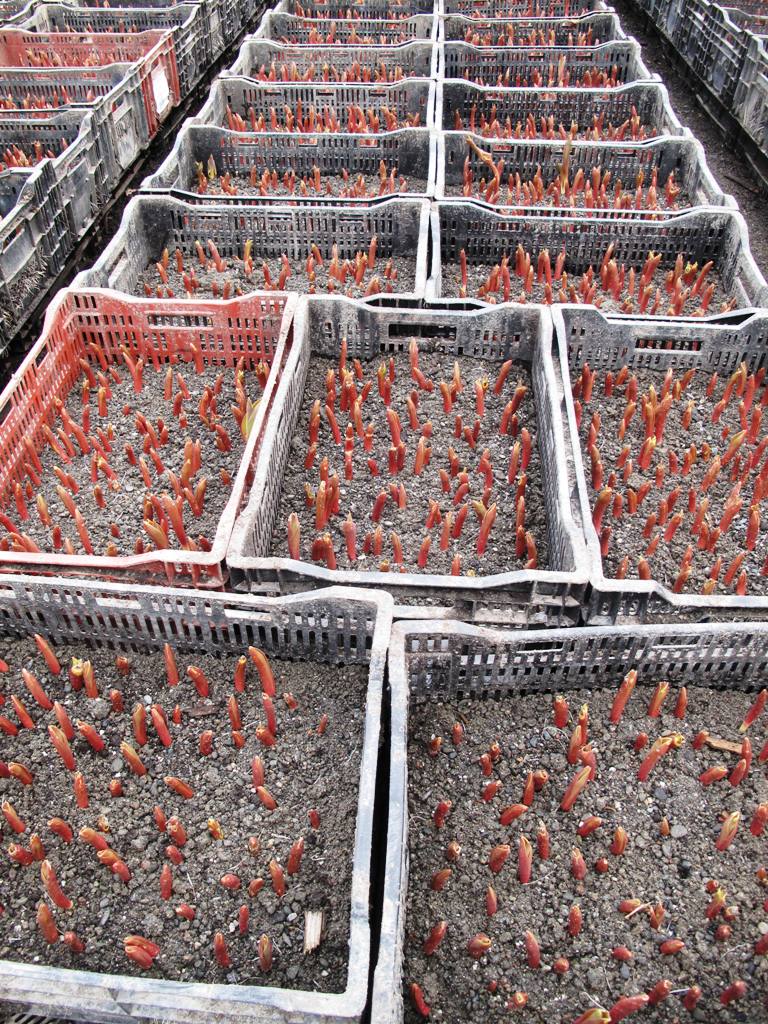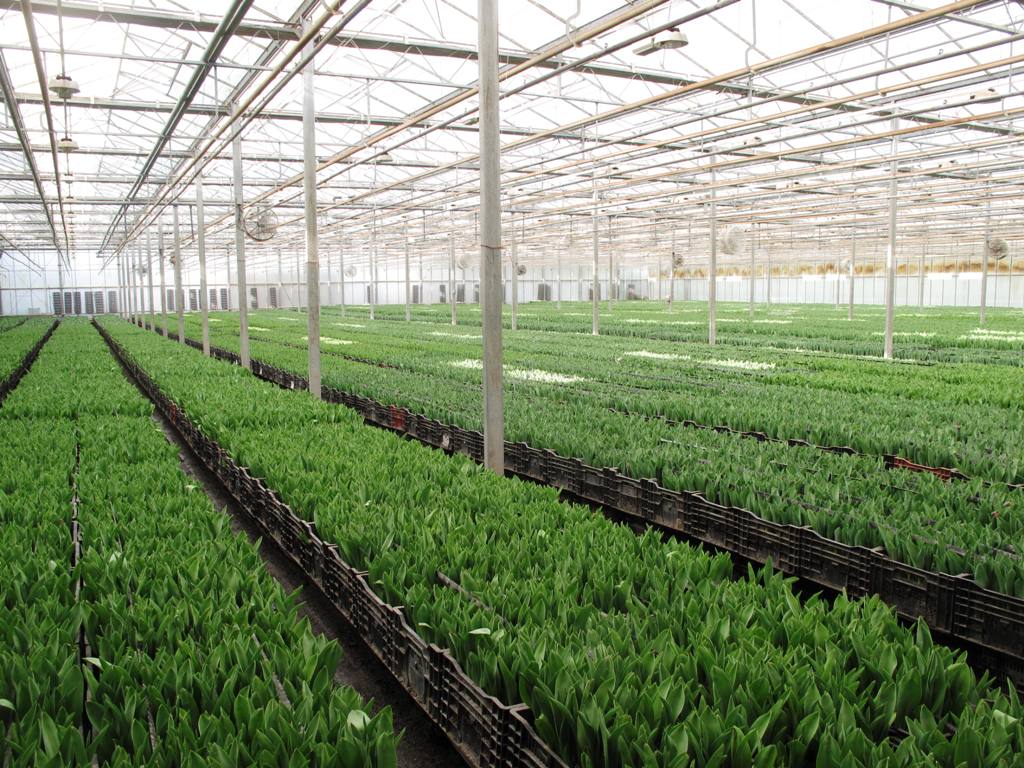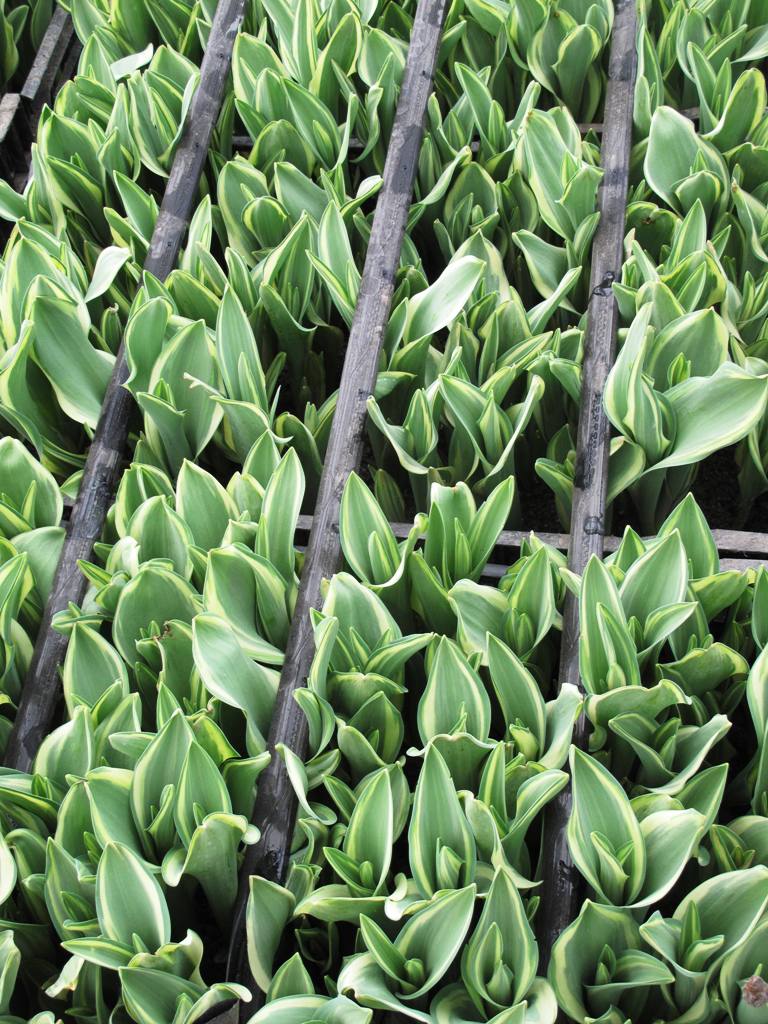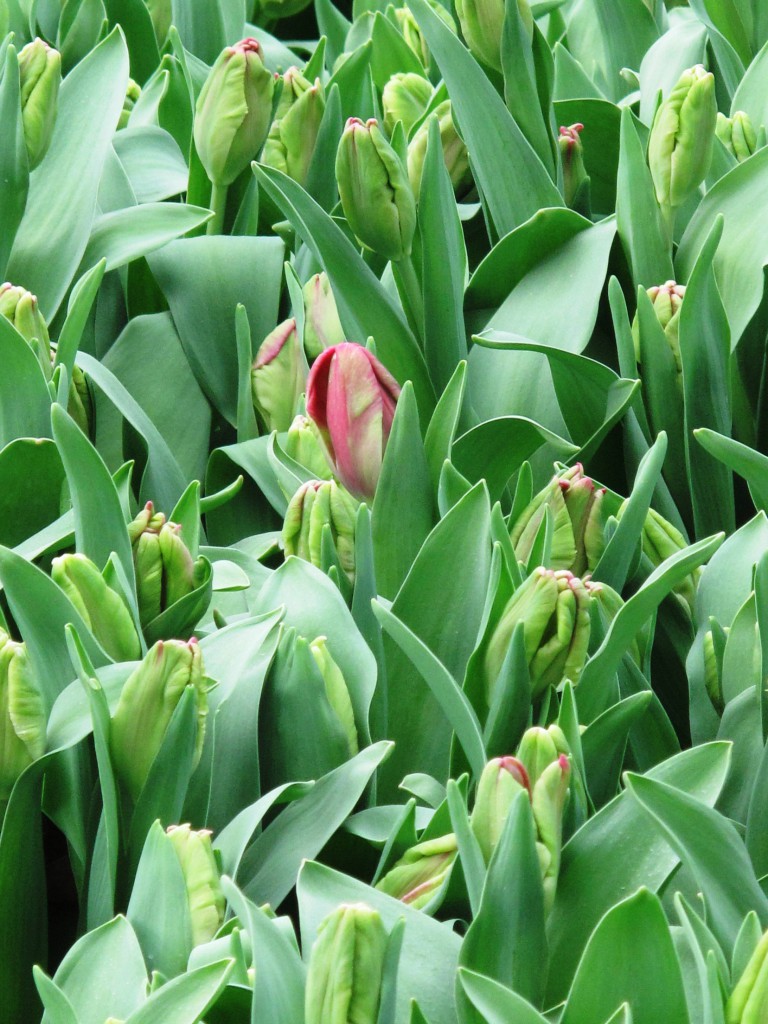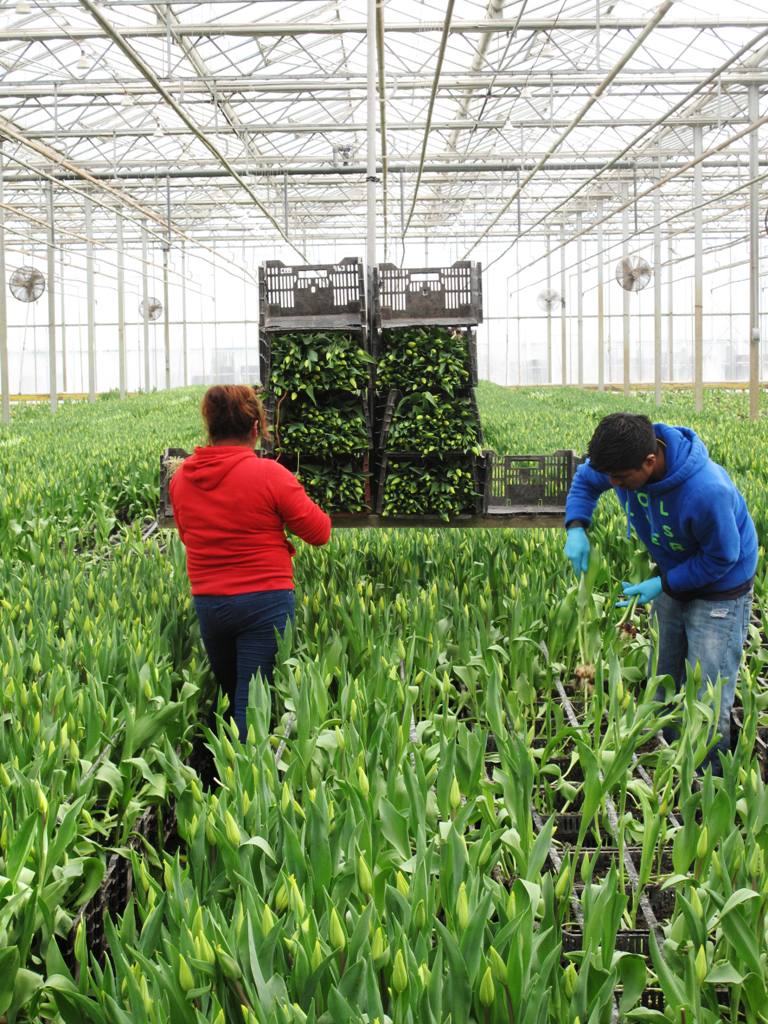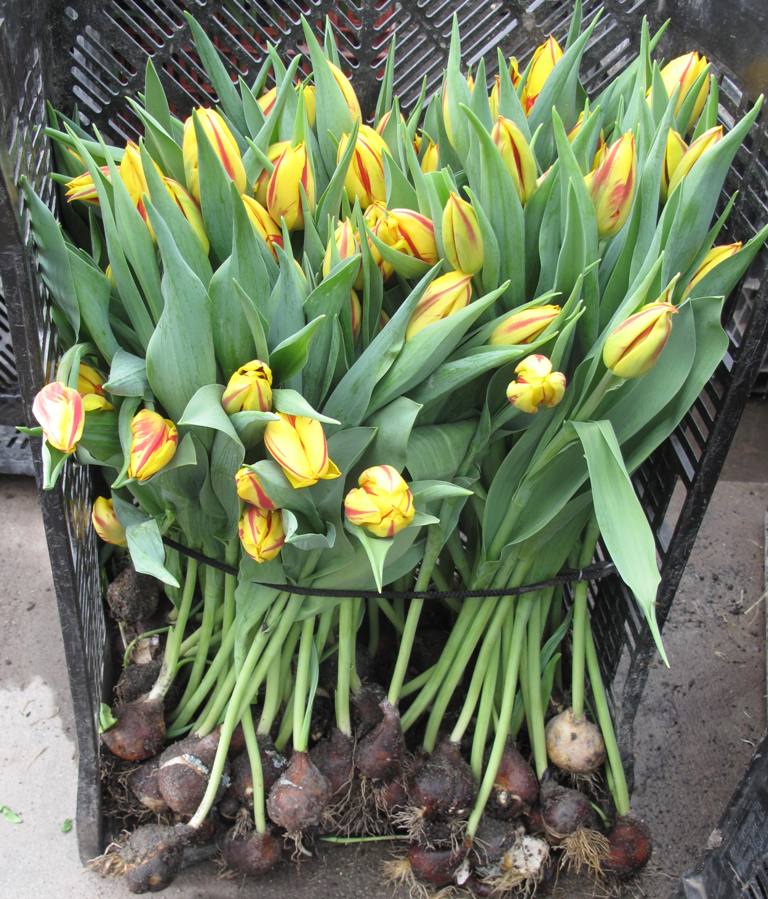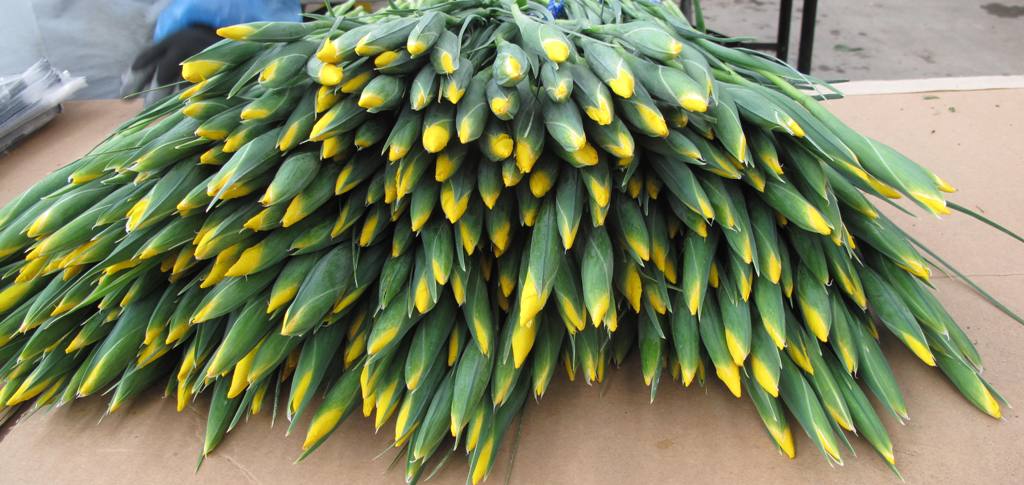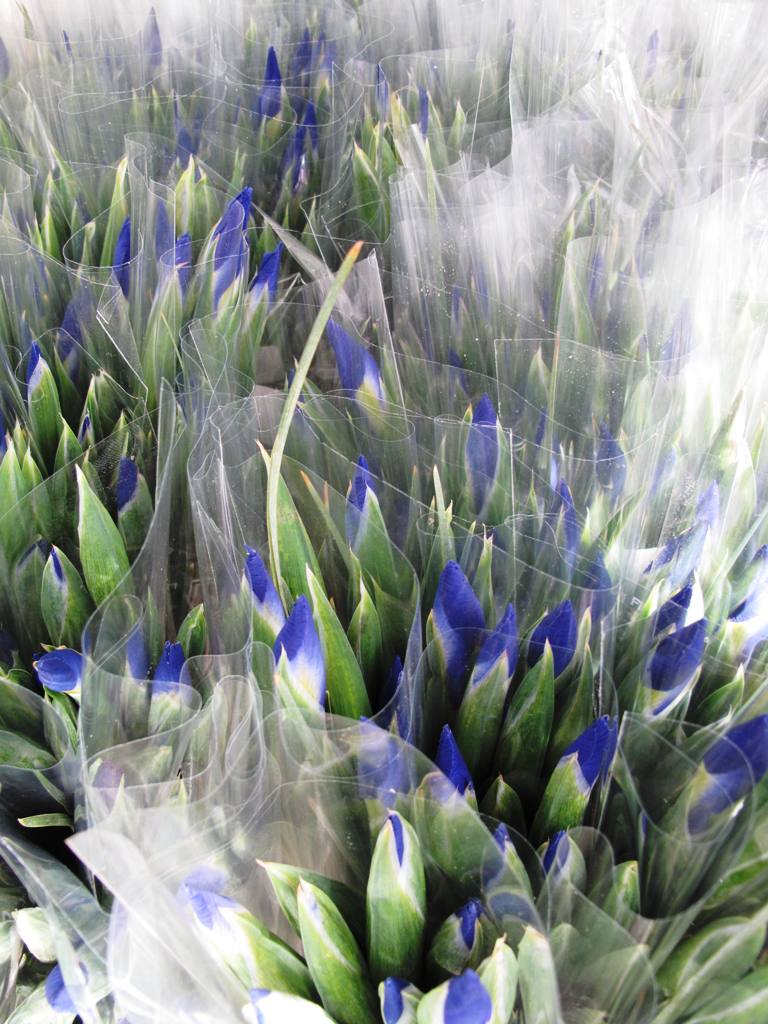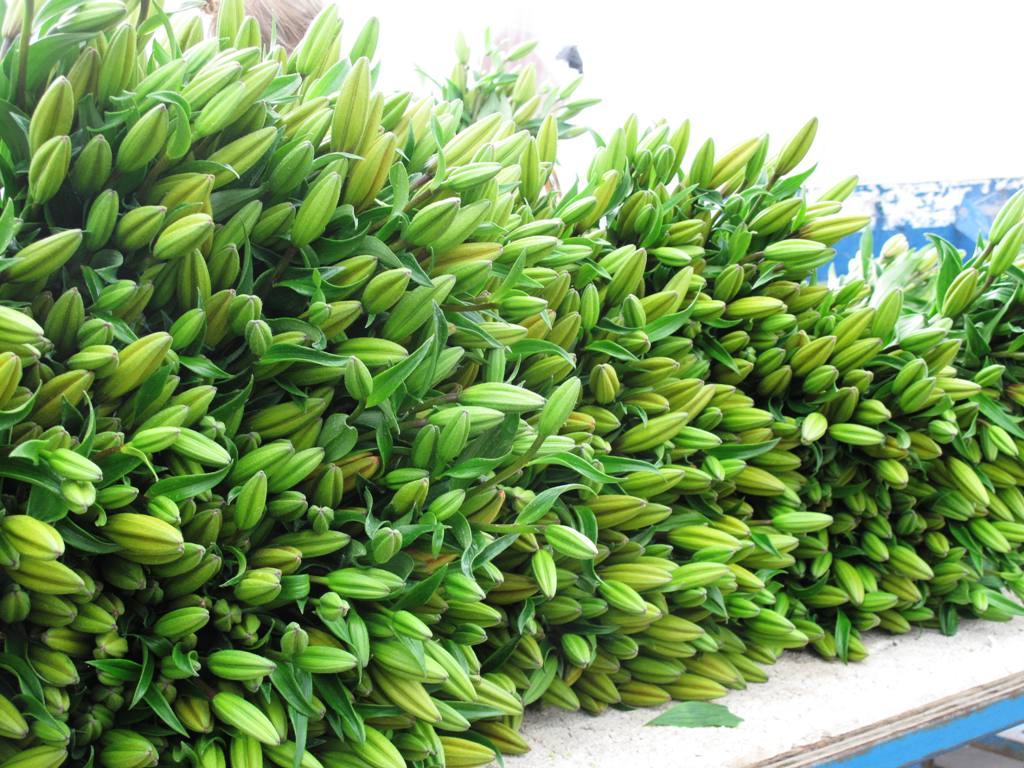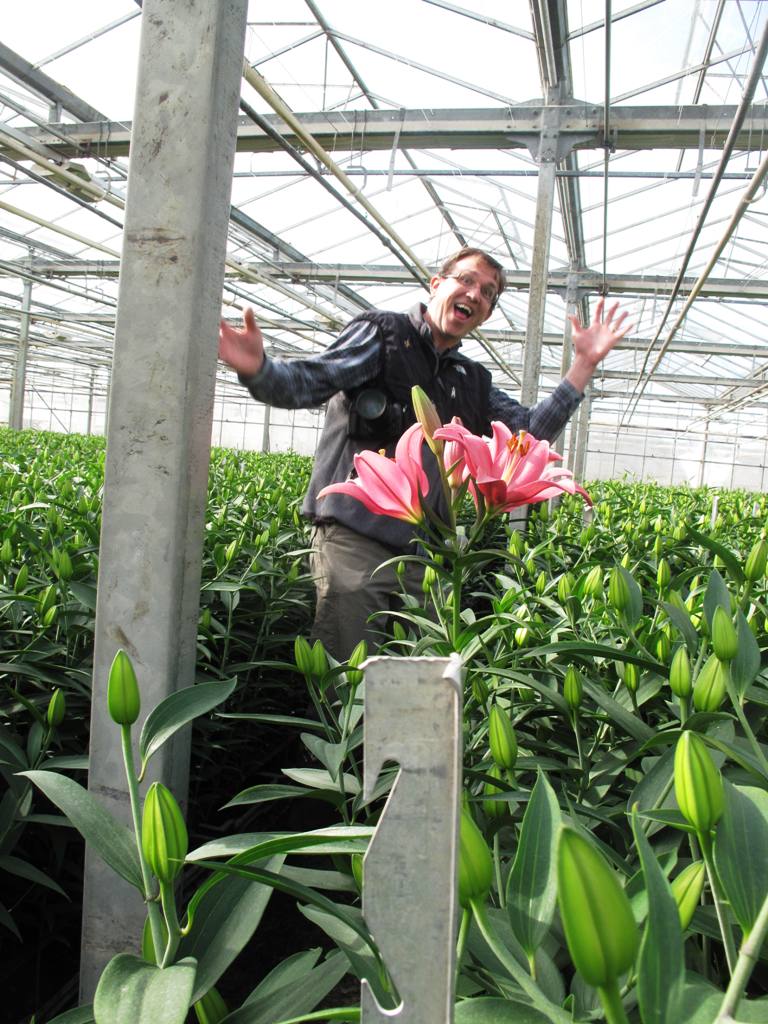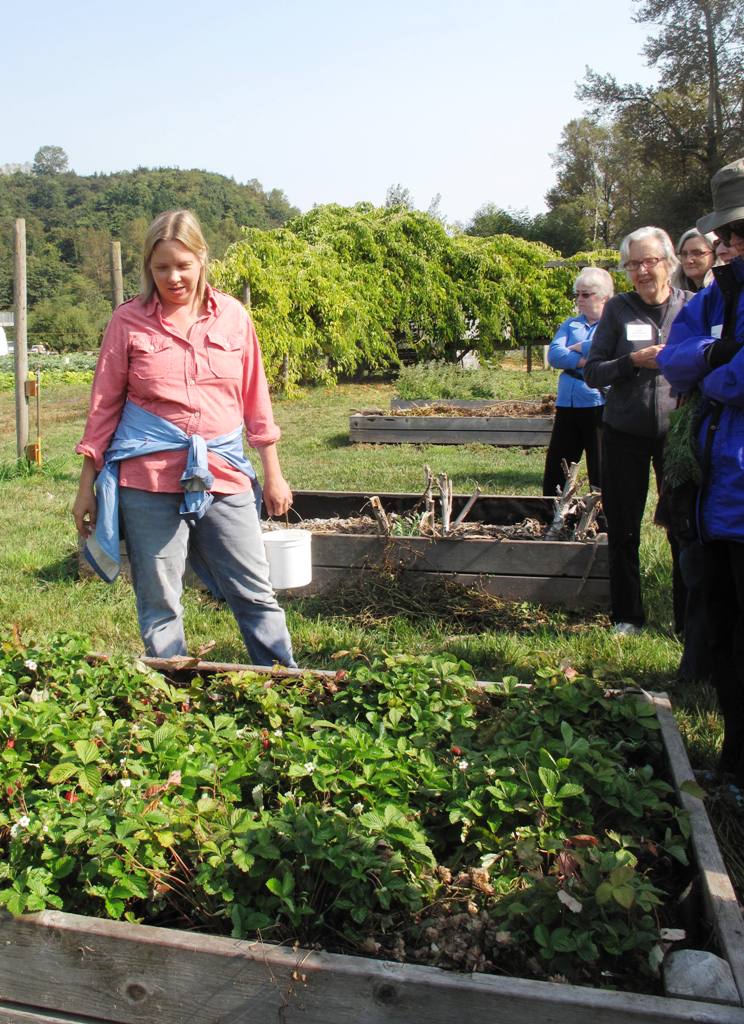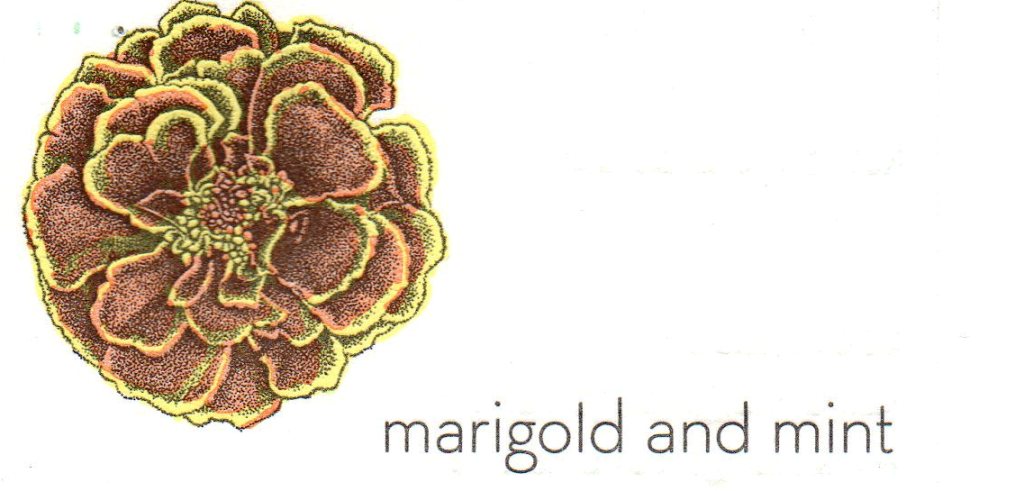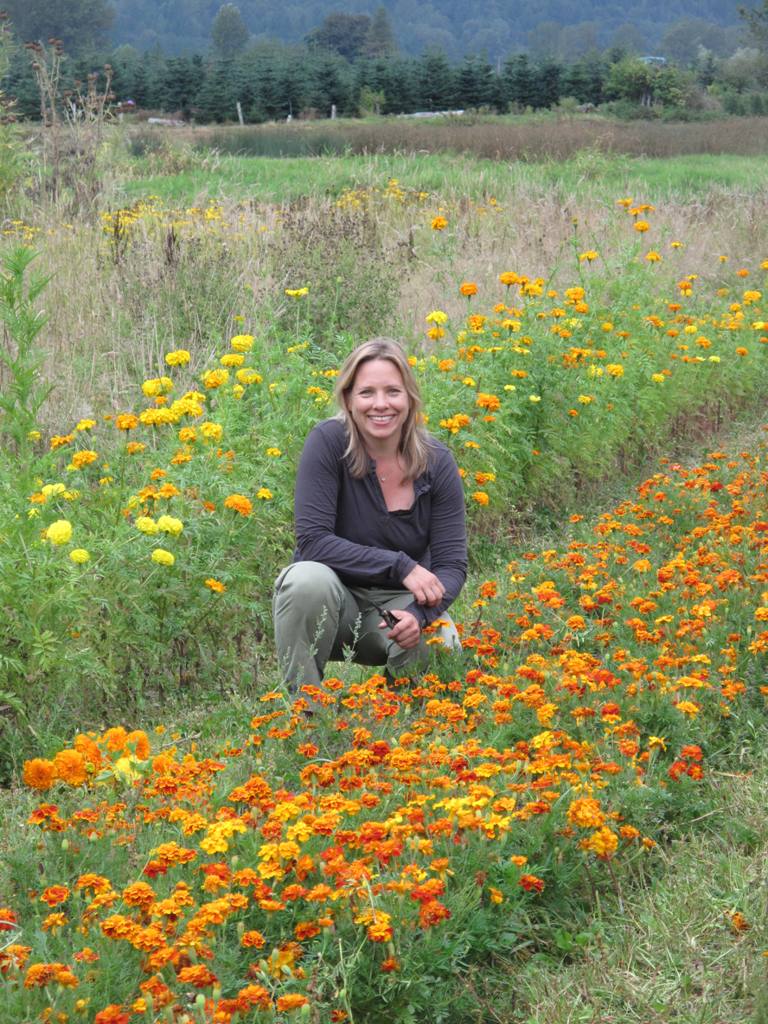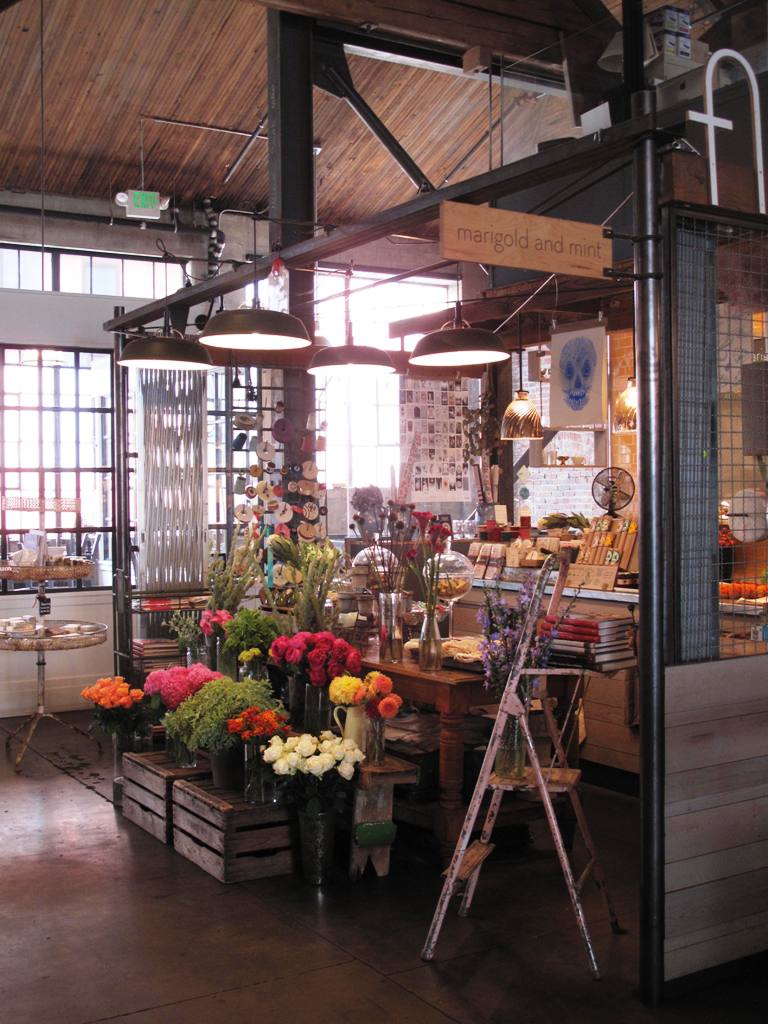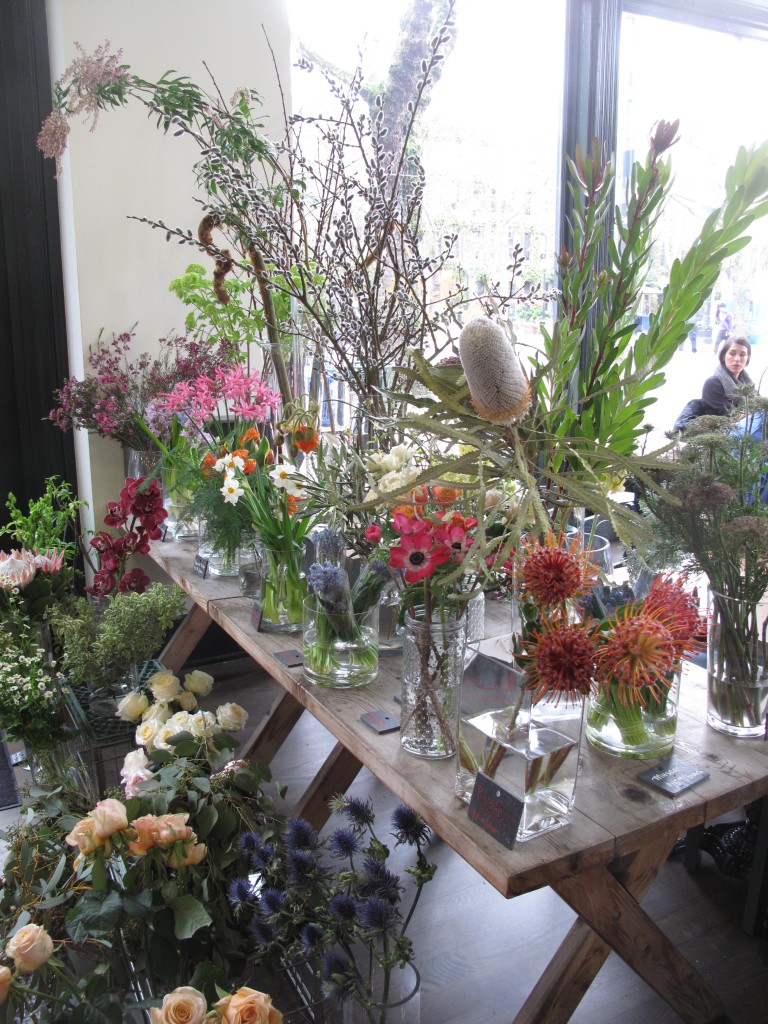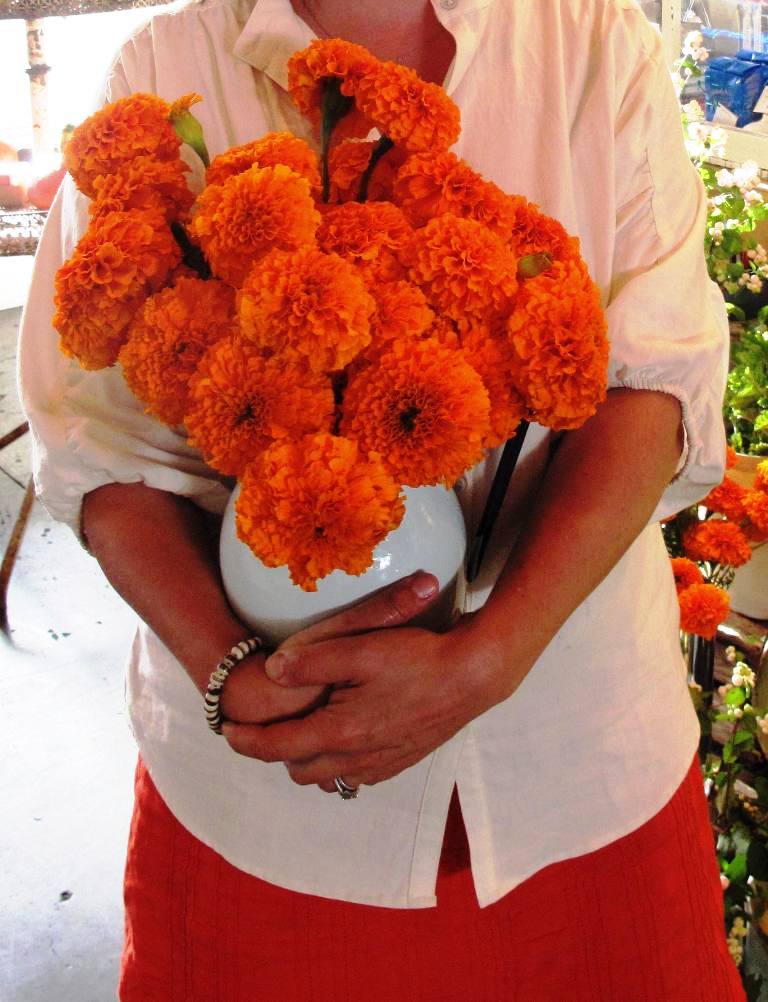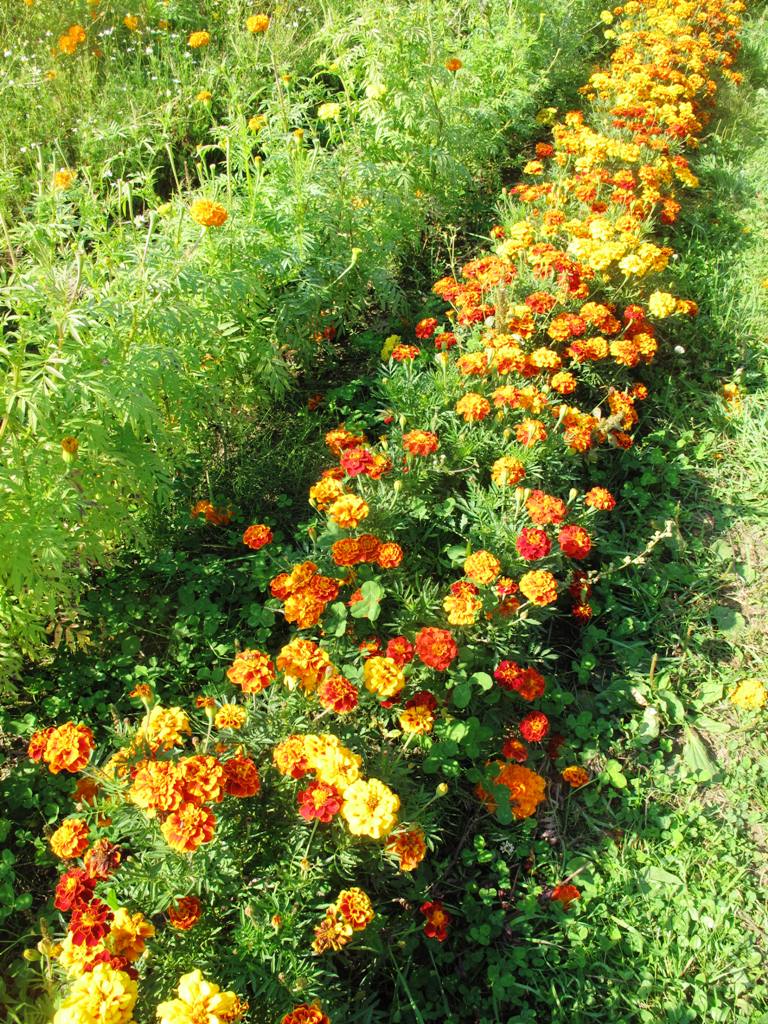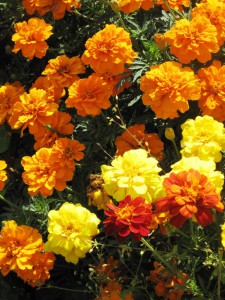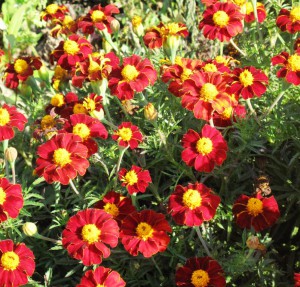Podcast: Play in new window | Download
Subscribe: Apple Podcasts | Podcast Index | | More
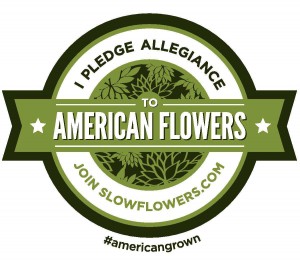
Take the Pledge!!!
One of my mentors reminded me recently that it’s inevitable others will disagree with my convictions and portray me as having an “all or nothing” point of view when it comes to helping consumers and florists embrace, design with and purchase American grown flowers — as a way to save the grassroots community of American flower farms.
I truly believe there is an American-grown flower solution for any design challenge – it boils down to desire, innovation and creativity.
I “get” that some in the floral community disagree with this position. A few weeks ago, Holly Chapple and I discussed the idea of hashtagging percentages to indicate the portion of American grown flowers used in a design.
That is a compromise to some, but at least it is a move in the right direction, the “least best” option, but better than not using American grown flowers at all, right?
Hopefully this interim step will nudge even more designers toward using local, seasonal and domestic flowers. And if you choose to promote yourself as having this philosophy, I believe it can be a huge advantage. If you have personally experienced success by taking this path, I want to hear about it because you and your story may be featured on a future episode of this podcast.
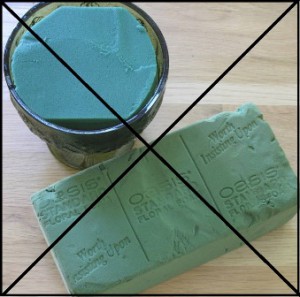 Another one of my no-compromise stances is about the use of floral foam, the ubiquitous floral design industry “tool” that is actually formaldehyde-based, toxic, does not break down in landfills and has led to a number of health problems for florists who regularly handle it.
Another one of my no-compromise stances is about the use of floral foam, the ubiquitous floral design industry “tool” that is actually formaldehyde-based, toxic, does not break down in landfills and has led to a number of health problems for florists who regularly handle it.
This podcast has featured leaders like Pilar Zuniga, owner of Gorgeous and Green in Berkeley, an early advocate for non-foam design, and I’m constantly intrigued with designers who have a similar philosophy.
But there are so many who have not been able to wean themselves from using this harmful product – harmful to themselves, their customers and the earth.
Sooooo . . . we keep hearing that the conventional floral products industry is working on a solution. But hey people, it’s been 60 years since floral foam has been the so-called industry option for stabilizing stems in vases. Where is the innovation? Where is the corporate social responsibility to do the right thing? What about the lack of transparency about its unsafe attributes and failure to inform those who do use this product?
Enter today’s guests, eco-inventor Mickey Blake and flower shop owner Rebecca Wiswell.
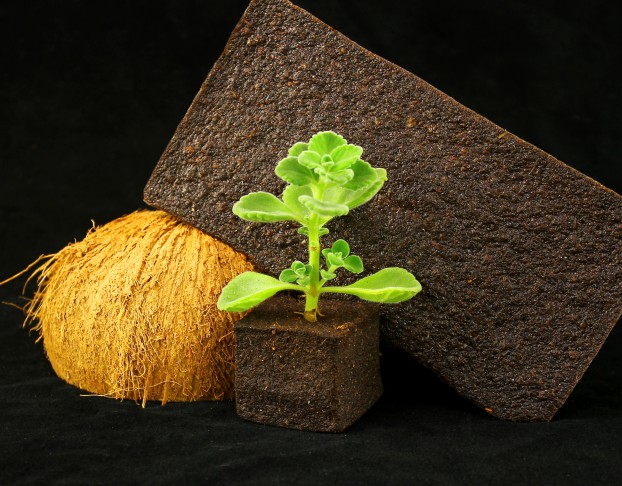
This pleasantly-spongy, soil-colored block of foam is 100% natural and compostable – and it functions exactly like the chemical-based products on the marketplace…..but it’s safe and unharmful to you, your clients, and to the environment.
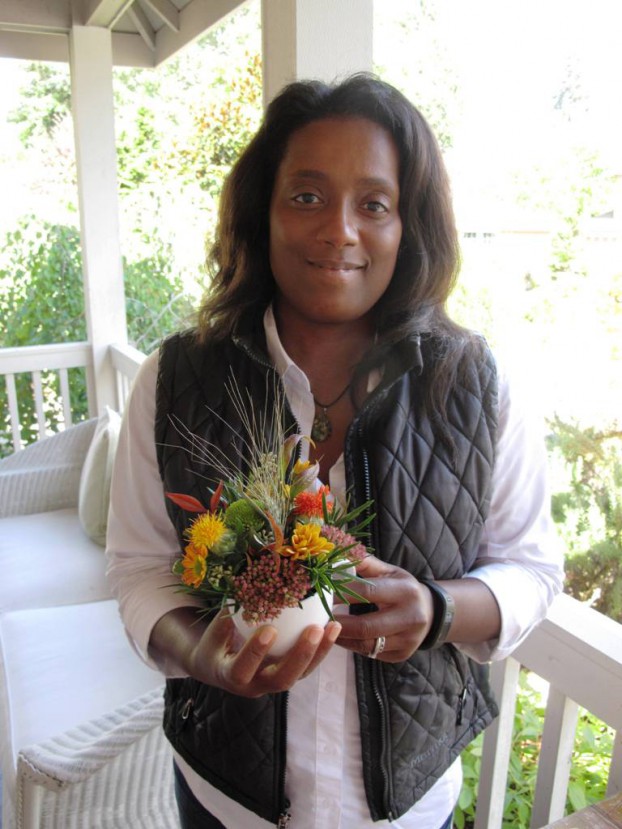
Mickey Blake, inventor of Floral Soil.
Mickey Blake is a sheer genius, a floral industry outsider who was presented with the challenge of finding a nontoxic, 100 percent plant-based foam for florists to arrange cut flowers and foliage.
In just one year’s time, Mickey has developed, trademarked and has a patent pending innovation called Floral Soil. She explains on her brand new web site:
“We had seven major goals when designing Floral Soil ™ – Support cut flowers, be non-toxic, plant derived, biodegradable, hold water, grow seeds and be safe enough to eat.”
Mickey worked with a select group of beta testers, including Rebecca Wisell, owner of Bellingham, Washington-based Rebecca’s Flower Shoppe. Rebecca’s Flower Shoppe is listed on the Slowflowers.com directory, but she and I don’t know one another personally. My friends Steve and Sarah Pabody of Triple Wren Farms sell their flowers to Rebecca’s – through them, I’ve heard about her support for locally-grown flowers.
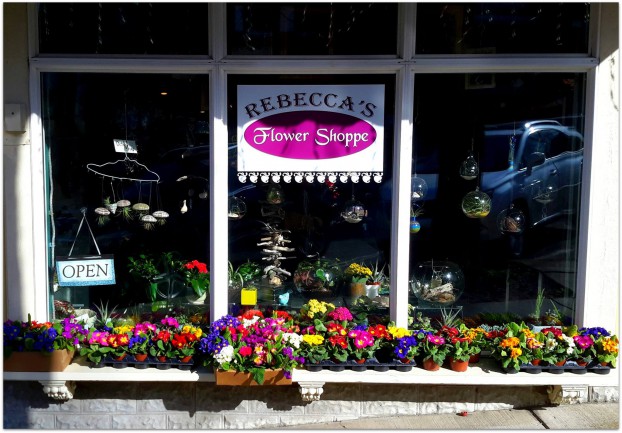
Rebecca’s Flower Shoppe in Bellingham, Washington, is one of the first “beta” testers of Floral Soil.
I learned about Floral Soil a few weeks ago, when out of the blue Rebecca reached out to me on Facebook with this note:
“Good morning, Sarah and Steve Pabody are suppliers/friends of our here at Rebecca’s Flower Shoppe in Bellingham. We are a ‘green’ shoppe and were introduced to a new product about a year ago that I thought you might be interested in. It is called Floral Soil and is a replacement for the green foam. It is completely bio-friendly and compostable. We have been trialing it since last fall and think its qualities to retain water and its durability are impressive. I am not selling this product. I just want to get the word out to our floral community that there is a better product that we can all be using to protect us and our environment.”
The day Rebecca emailed me I was on location, working on a photo shoot. So I responded quickly and asked if I could call her later in the week. When I called, Rebecca surprised me by saying, “Oh, the inventor of Floral Soil is here in my shop – do you want to speak with her?”
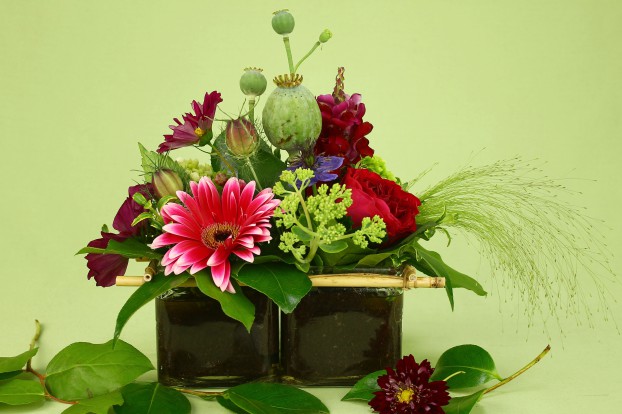
One of Rebecca Wiswell’s samples showing how well flowers of all sizes can be stabilized in Floral Soil (she purposely used a clear glass vase to show the product)
Talk about serendipity! So, I met Mickey Blake by phone and since she is also based in Bellingham, about 90 minutes north of Seattle, it took us a few weeks to get together.
There is so much to wrap your mind around here, so I’m just going to let you listen to my conversation with Mickey, recorded last Friday, September 19th.
Mickey is CEO of Mt. Baker Bio, a life sciences company with this mission: “Using modern science to secure a sustainable future.”
Mt. Baker Bio is a certified woman-owned small business that is focused on creating environmentally sustainable solutions for biomedical laboratories. Through its Green Lab Program the company environmentally friendly alternatives for scientific laboratories, as well as a collapsible silicone lunch box. The innovative company is now turning its attention toward the floral and nursery industries with Floral Soil and other products currently in development.
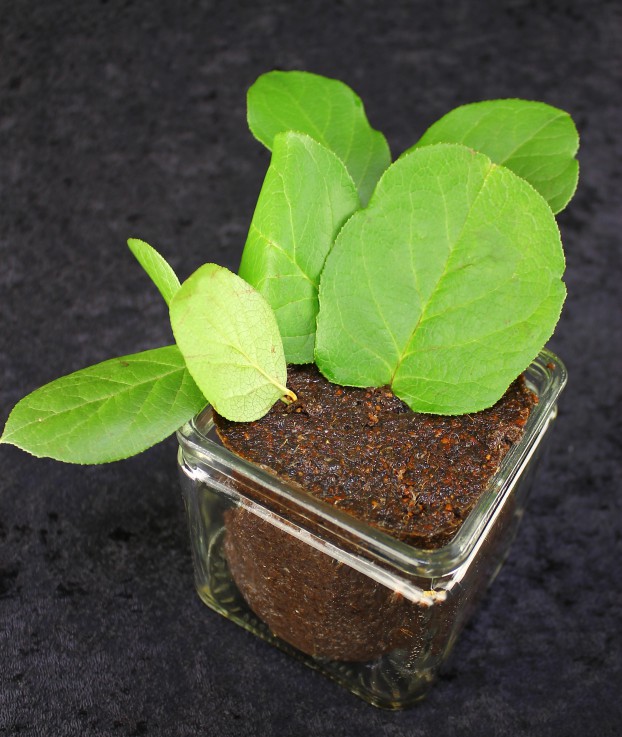
Look closely and you can see the cocoa fiber textures in the Floral Soil
It’s pretty amazing to watch this dynamo’s eyes light up as she speaks so passionately about changing an ancient business model – from top-down product development where florists have been told they need something (we’re talking about the 1954 invention of floral foam here) to a holistic partnership between inventor and end user – a collaborative approach that has a triple bottom line motivation.
Having spent a few hours with Mickey, and getting my hands on the samples of Floral Soil that she shared with me, I have to say that this product is a major game-changer. It is going to alter forever the practice of using conventional, chemical-based floral foam. [Note, two days after I recorded our podcast interview, one of my floral designer friends was over and I showed her the product samples Mickey gave me. This is a woman whose very successful wedding & event studio has NEVER used conventional floral foam. She was so excited to use the bricks for an upcoming wedding alter design that I gave her three large pieces to use. Photos of that project to come!]
My second guest is Rebecca Wiswell, one of the florists who has been most intimately involved with a year of R&D for Floral Soil. With a 30 year background in the floral industry, Rebecca has the credibility Mickey needed to trial the product day in and day out. I reached out to Rebecca by phone after interviewing Mickey – and recorded our conversation to share with you here.
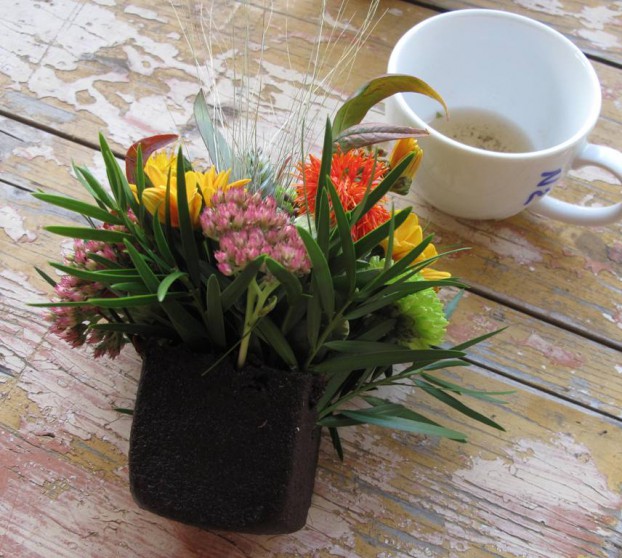
Here’s how the cube of Floral Soil looks from its side, with stems inserted
Get ready to be wowed and to stop feeling guilty about using a product that you know is damaging to the environment. You may have been dependent on floral foam for some or all of your design work, but no more excuses. Mickey has offered to send a sample to anyone who listens to this podcast
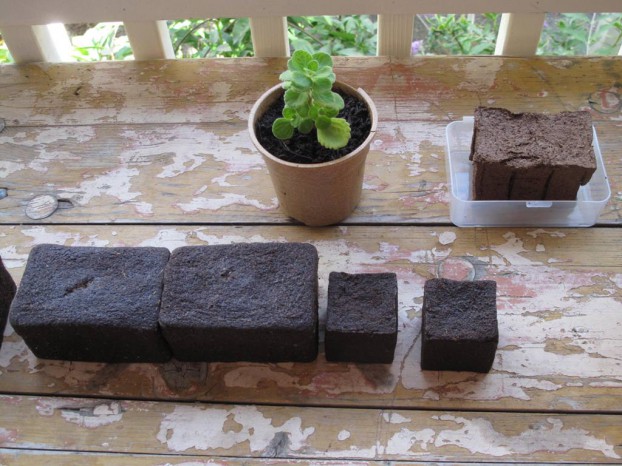
More samples, showing how Floral Soil can be cut into various sizes.
And here are the various ways you can connect with Floral Soil’s via social media.
Floral Soil on Facebook
Mickey Blake on Twitter
I would love to know how you use the product and invite you to send me photos after you’ve played with it.
As she said, Mickey’s goal is to get into full-scale production by the holidays. I want to close with one of her comments that resonated with me: It is up to each individual to make daily choices and personally responsibility to make our planet better. If you agree with this, I am convinced you will adjust your practices and stop using chemically-based floral foam, especially now that we have an earth-friendly alternative on the marketplace.
Thanks for joining me today to talk about all things American Grown — and American Made.
Listeners like you have downloaded the Slow Flowers Podcast more than 21,000 times. If you like what you hear, please consider logging onto Itunes and posting a listener review.
My personal goal is to put more American grown flowers on the table, one vase at a time. I promise that when you tune in next week, you’ll hear another insightful and educational episode of the Slow Flowers Podcast.
The Slow Flowers Podcast is engineered and edited by Hannah Holtgeerts and Andrew Wheatley. Learn more about their work at hhcreates.net.
